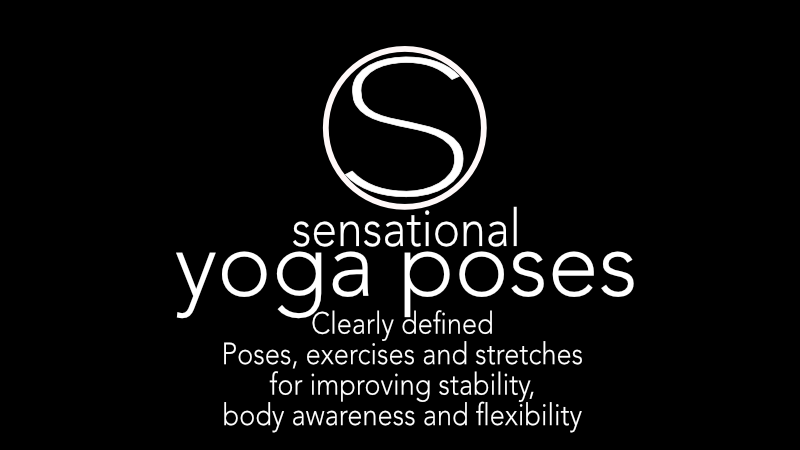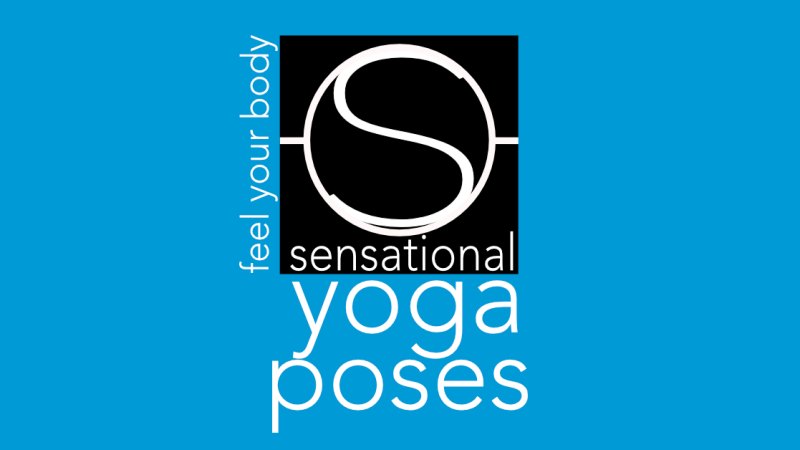Improving Flexibility
Active and passive stretches for improving flexibility while improving body awareness and muscle control
This page includes links to most if not all articles on this website related to improving flexibility i.e. stretching. Stretches are grouped by body part.
Flexibility is the ability to apply strength or relax across a wide range of positions. The wider the range of positions in which you can apply strength or relax, the more flexible you are.
Understanding Flexibility
I’ll use the word “stretch” to denote the idea of working towards flexibility. When stretching, for it to be a stretch there must be some resistance. As an analogy, when you stretch an elastic band, the elastic band resists being stretched. And you can feel this resistance. So when stretching your body, there should be resistance in the part being stretched.
Stretch sensation, the sensation that arises when stretching, is a combination of connective tissue being lengthened and muscle activation sensation.
In general, the greater the stretch the louder the connective tissue stretching sensation and the dimmer the muscular activation sensation on the side of the joint being lengthened.
Floppiness occurs when the body is completely (or as completely as possible) relaxed. Floppiness means there is no resistance to movement. Being able to be floppy is a good thing and is part of being flexible. But it isn’t the same as being flexible.
Some suggestions for flexibility training
When stretching, a part of flexibility training can be to relax to the point of floppiness in the end position. However, this should also be accompanied by doing the opposite, deliberately re-activating.
When doing flexibility training, you can consider the short side of the stretch and the long side. The long side of a stretch is the side of the joint that is being stretched. The short side of the stretch is the side that is being shortened. Flexibility training includes training muscles to activate, or relax, while shortened and while lengthened.
When working on flexibility it’s important to consider joint safety. Muscles control joint position. Muscle control (the degree of activation or relaxation of muscles) maintains joint integrity through a joint’s range of possible positions and through a range of applied forces.
Because our joints have some ability to rotate, or require the ability to resist being rotated, an important part of flexibility training can include rotational control.
Flexibility requires stability. When stretching an elastic band you need to fix at least one part of the elastic band. For example, you can pinch one end of the elastic. Then you can pull the free end away from the pinched end. When stretching muscles, it helps to anchor one or both ends of the muscle being lengthened or shortened.
About the articles on improving flexibility listed below
For most sections there are pages that contain multiple stretches for the body part in question. There may also be pages that focus on a single stretch for each body part. The single stretch pages, if they exist, are listed first. The multi-stretch pages are listed after.
Except for the "how to improve flexibility" articles, all links include images of the stretches. So you can get a good idea of the types of stretches just from the images. The pages themselves will include details on what to do in each stretch to make the stretching position more effective.
For a more verbose index (or if you are used to the old yoga for flexibility index) check out yoga for flexibility.
For general tips (and some principles) for improving flexibility, check out these tips for improving flexibility below.
Use the hyperlinked headings to return to the table of contents.
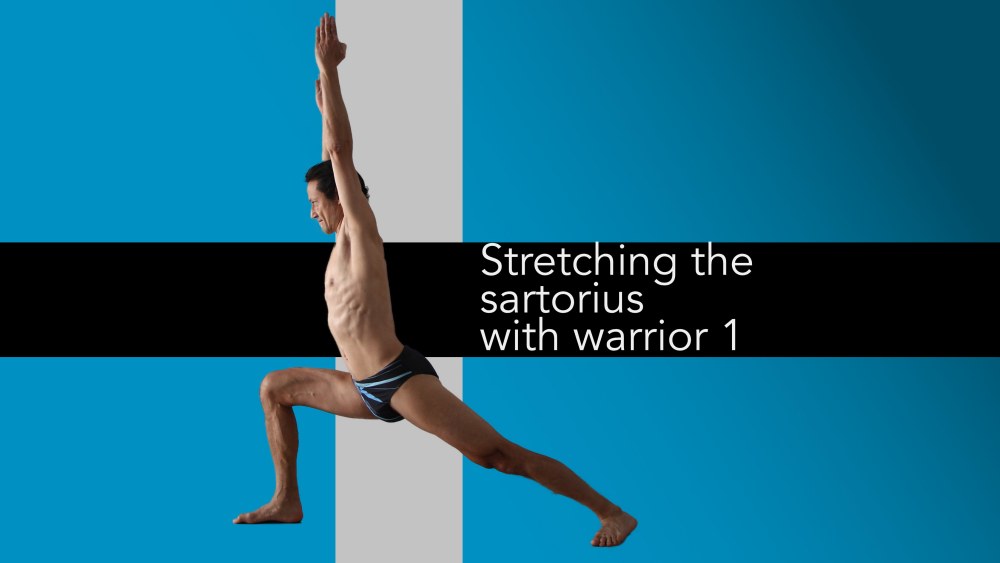
Using Warrior 1 to stretch the sartorius
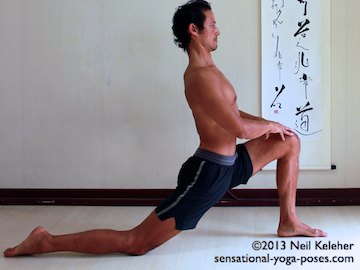
High Lunge
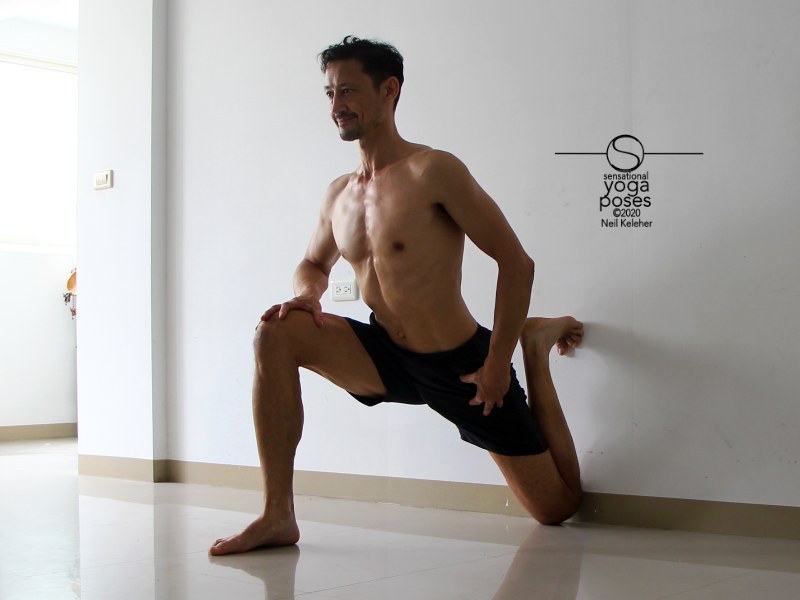
Couch stretch for the hip flexors
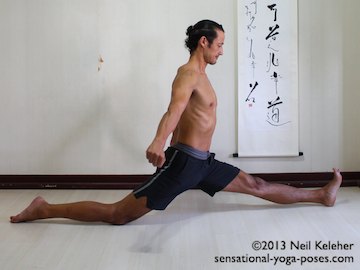
Front-to-Back Splits
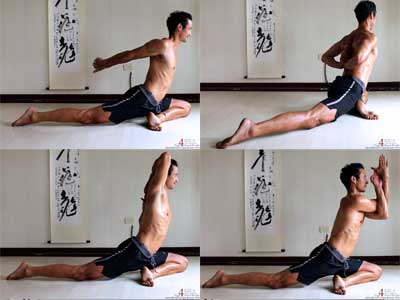
Supporting the Front Hip In Yoga Pigeon
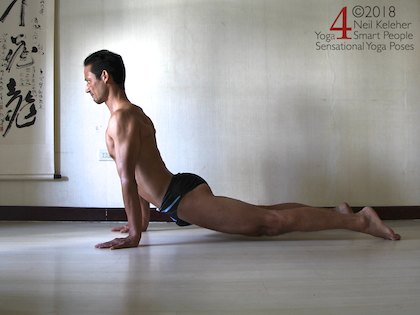
Upward Facing Dog
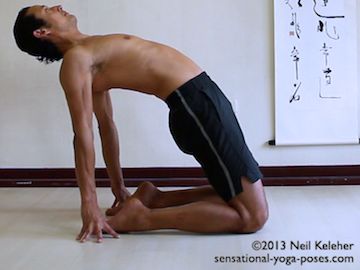
Camel Yoga Pose (Ustrasana)
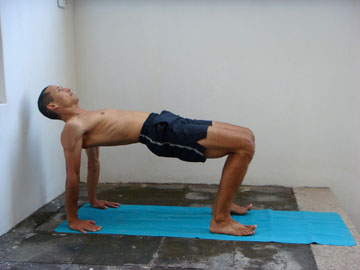
Table top, retraction and extension
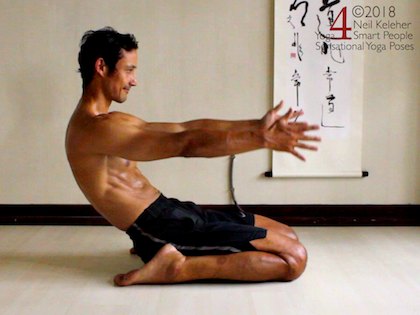
Virasana (Hero Pose)
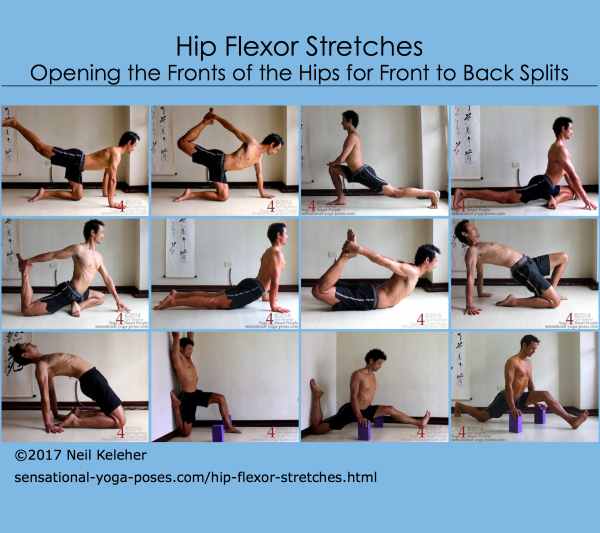
Hip Flexor Stretches
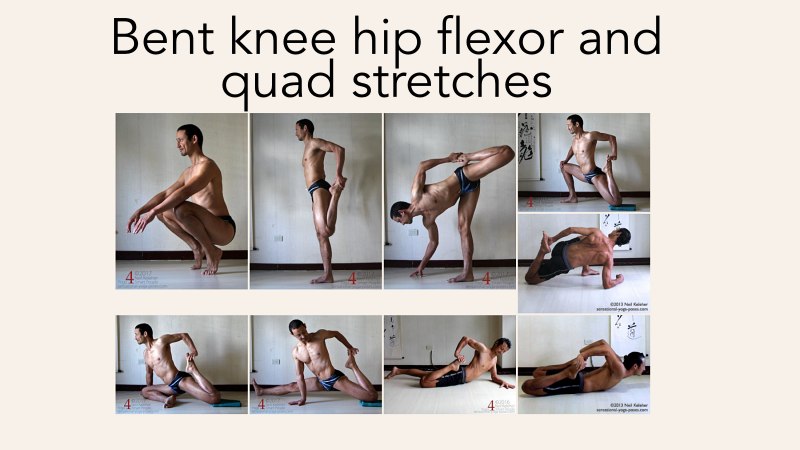
Bent knee hip flexor stretches
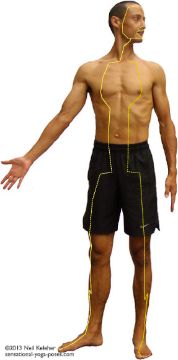
Meridian Stretches 3
Hip Flexor Stretches
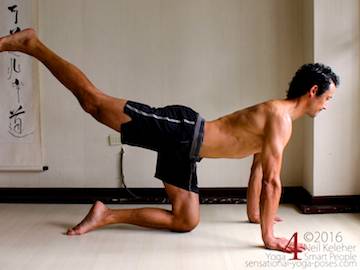
Cat pose active hip flexor stretch.
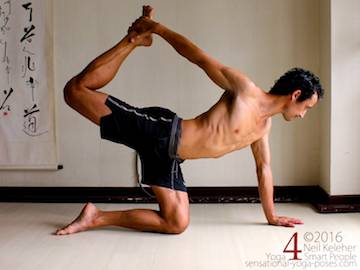
Single side bow pose on all fours.
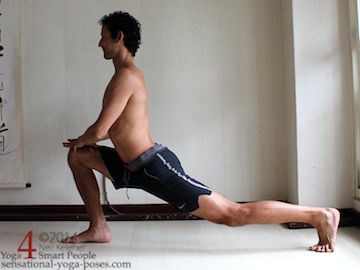
Upright lunge with knee straight.
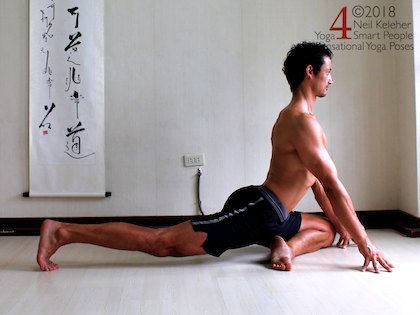
Upright pigeon pose hip flexor stretch.
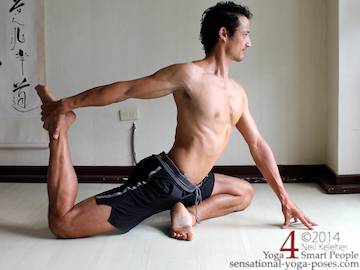
Pigeon single side bow pose
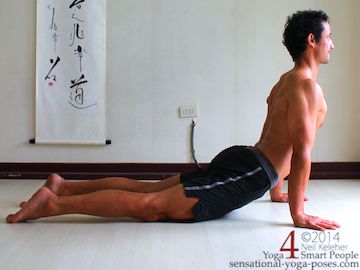
Upward facing dog
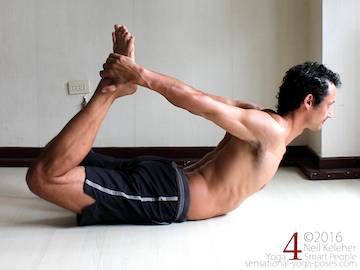
Bow poses
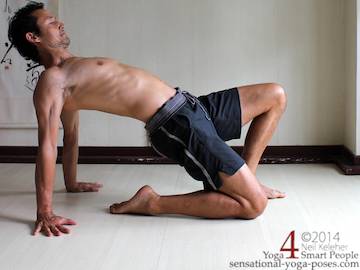
Half table top half camel hip flexor stretch
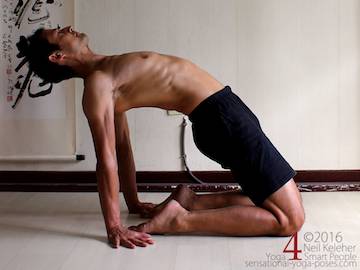
Camel pose hip flexor stretch
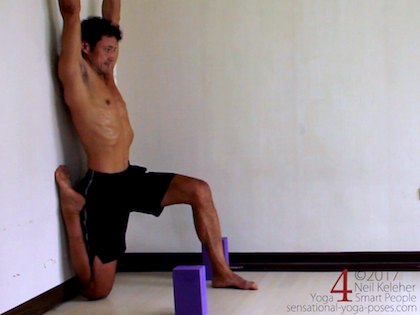
Quad and hip flexor stretch against a wall.
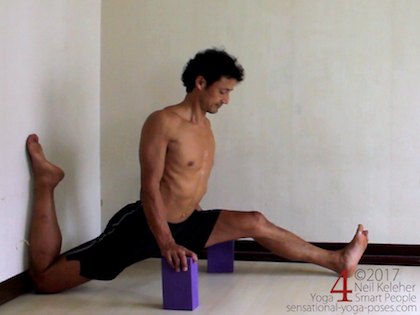
Splits with back shin against a wall.
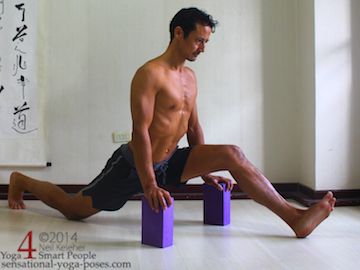
Upright Splits
Bent knee hip flexor stretches
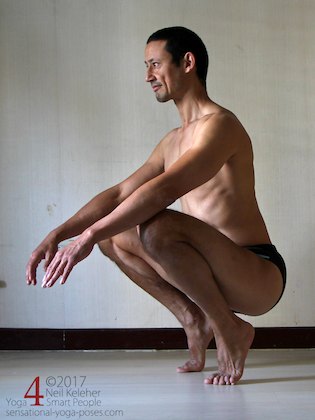
Squatting with heels lifted
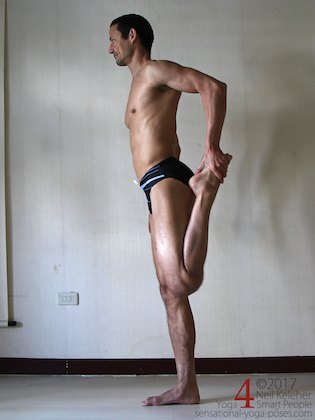
Standing bent knee hip flexor stretch
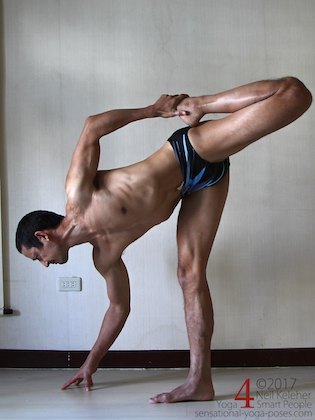
Forward Bending hip flexor stretch

Lunging bent knee hip flexor stretch
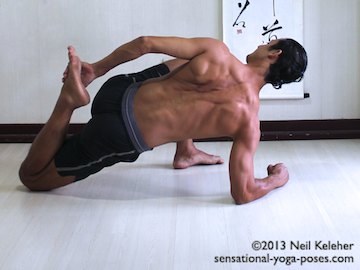
Twisting lunge
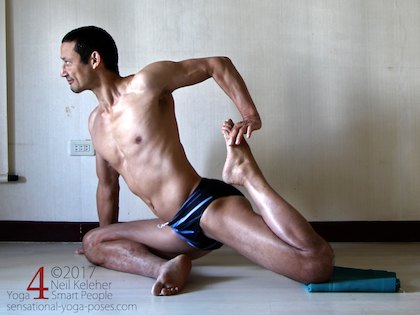
Pigeon pose bent knee hip flexor stretch
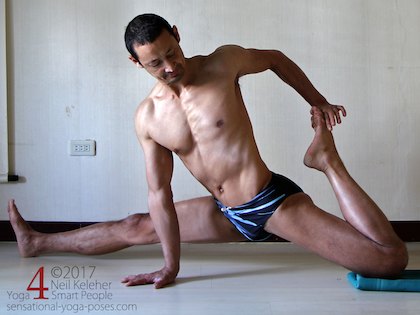
Front to back splits, bent knee hip flexor stretch

Frog pose bent knee hip flexor stretch
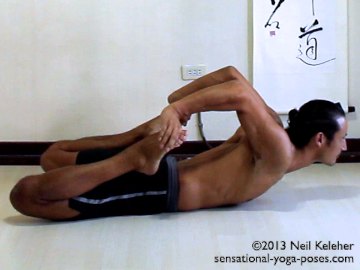
Frog pose dual leg bent knee hip flexor stretch
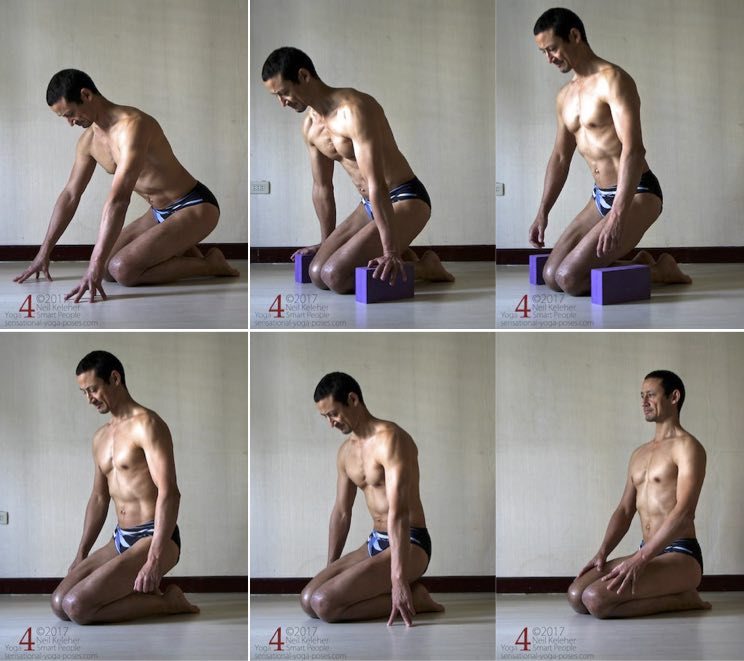
Kneeling Quadriceps Stretch
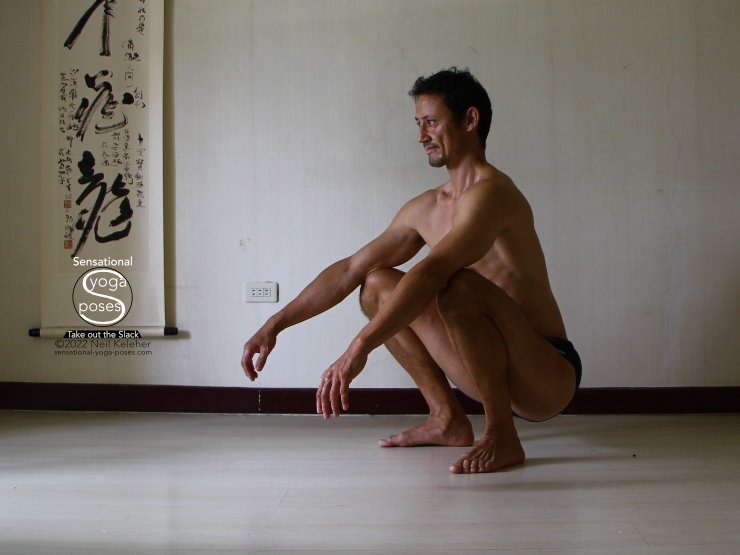
Deep Squats

Couch stretch hip flexor and quad stretch

Virasana (Hero Pose)
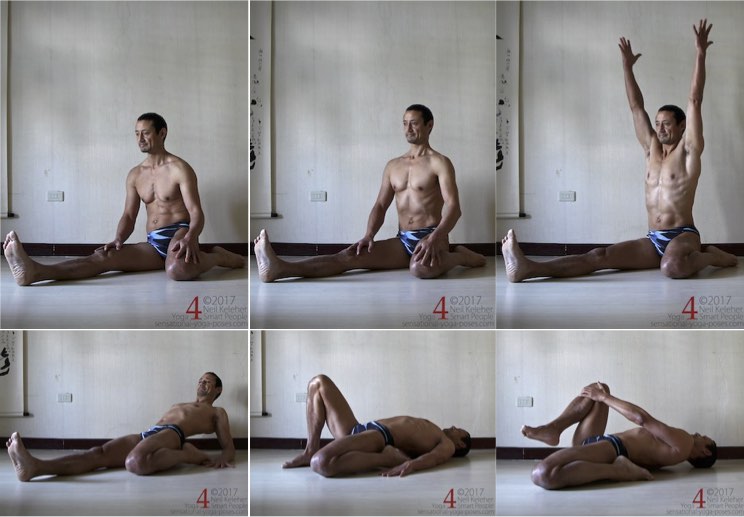
Lying Quadriceps Stretch

Kneeling Yoga Poses

Bent knee hip flexor stretches

Sensational quad stretches

Meridian Stretches 3
Kneeling yoga poses

Kneeling w/ toes tucked
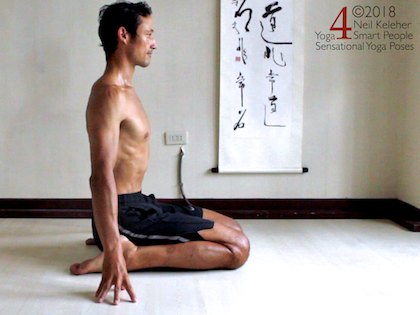
Hero pose
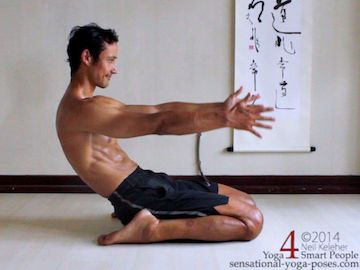
Bent back hero pose
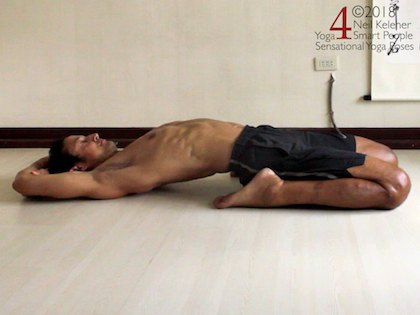
Reclining hero pose
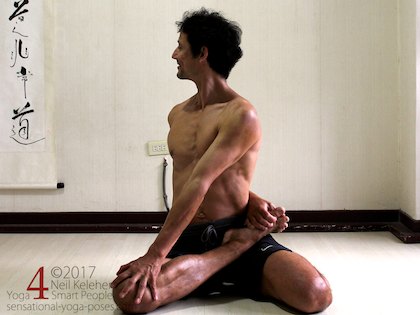
Bharad-vajasana

Mod. bharad-vajasana
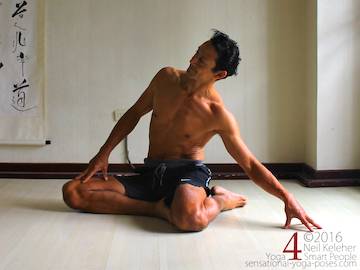
Options
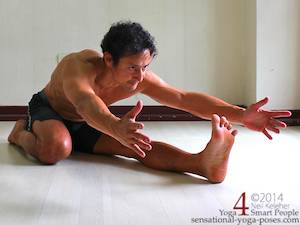
Half hero forward bend
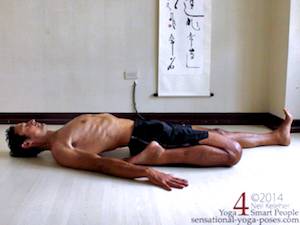
Reclining half hero
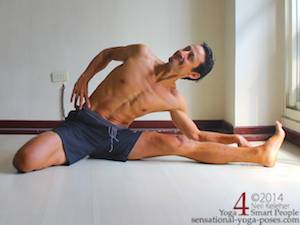
Half hero side bend
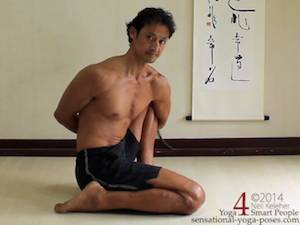
Marichyasana E
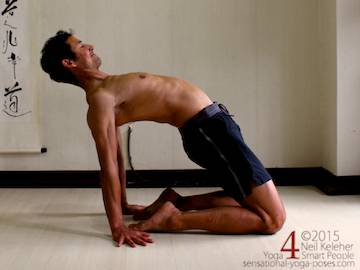
Camel pose
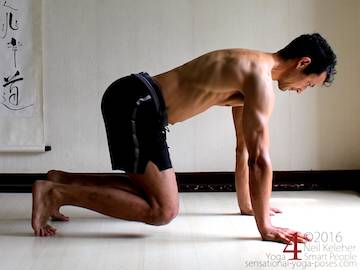
Dog pose (lifted knee cat pose)
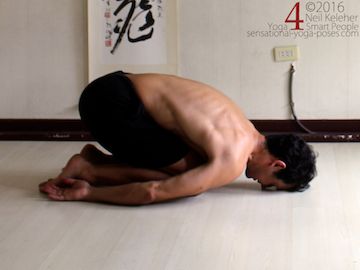
Child's pose
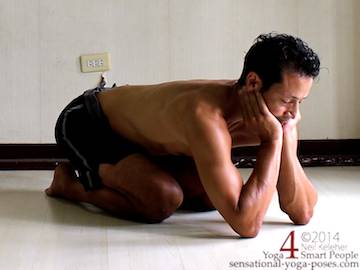
Child's pose variant
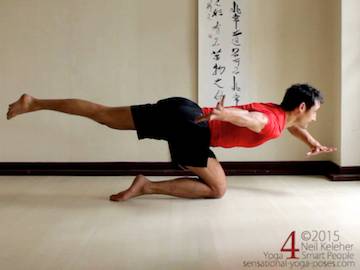
Shin balance
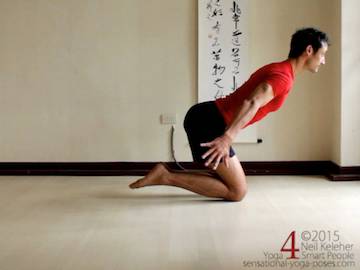
Knee balance
Sensational Quad Stretches
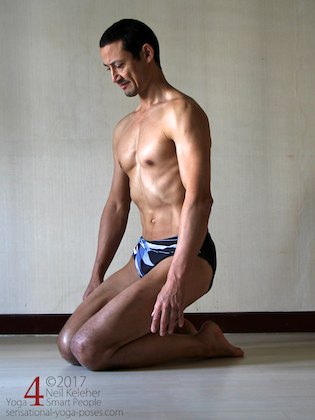
Quads activated to lift the hips
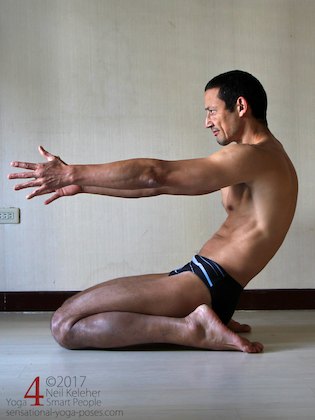
Bent back hero
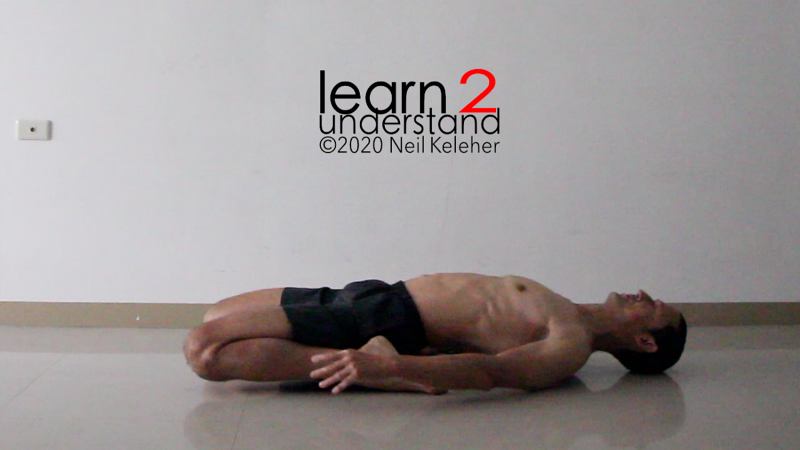
supta virasana or reclining hero
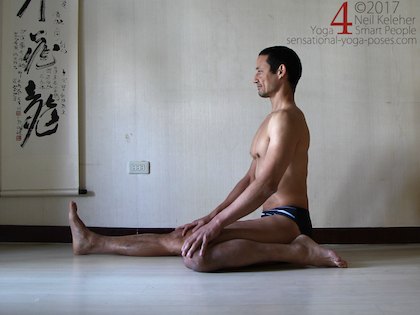
half hero pose with spine long
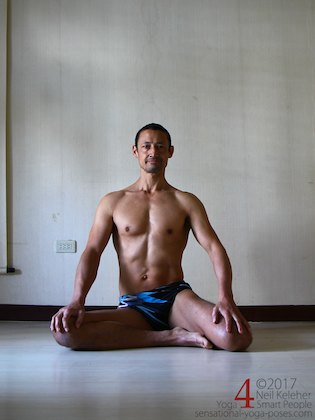
half hero quad stretch variation
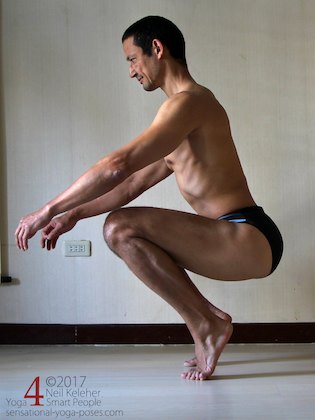
lowering into a squat with heels lifted

standing quad stretch
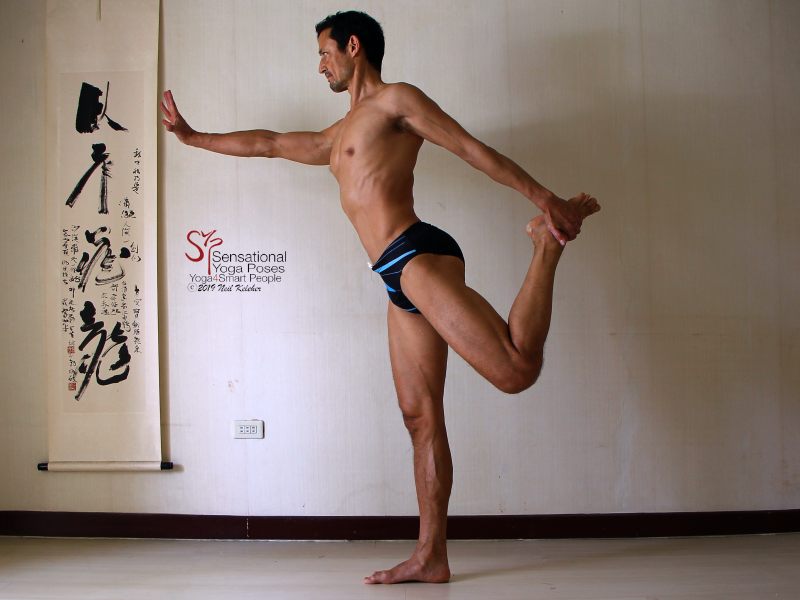
standing quad stretch and hip flexor stretch
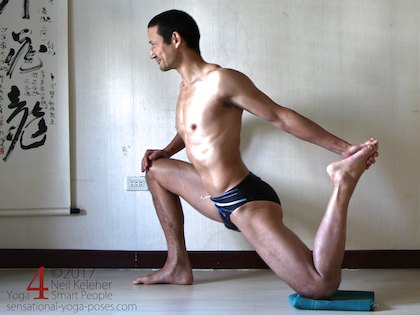
lunging quadricep stretch
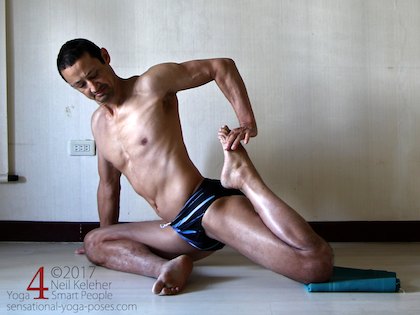
pigeon quad stretch variation

Front splits quad stretch variation

frog pose single leg quad stretch
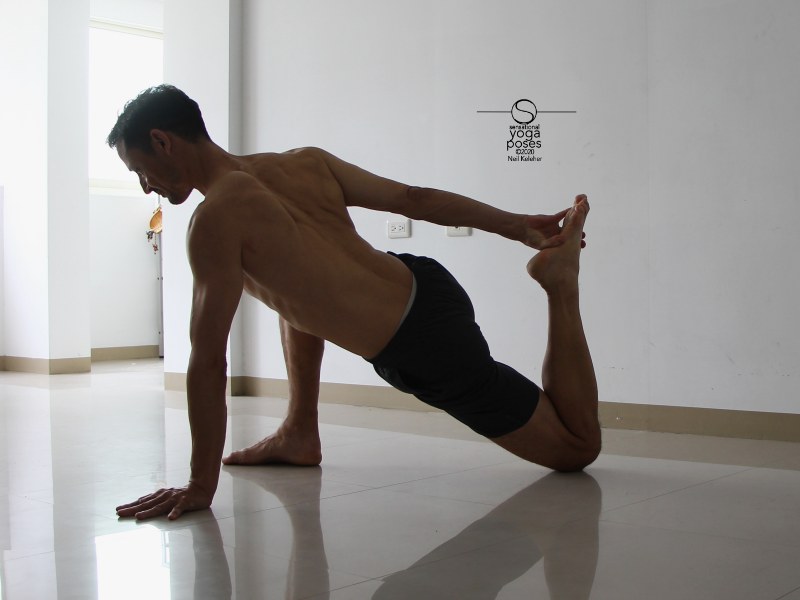
Quad and hip flexor stretch
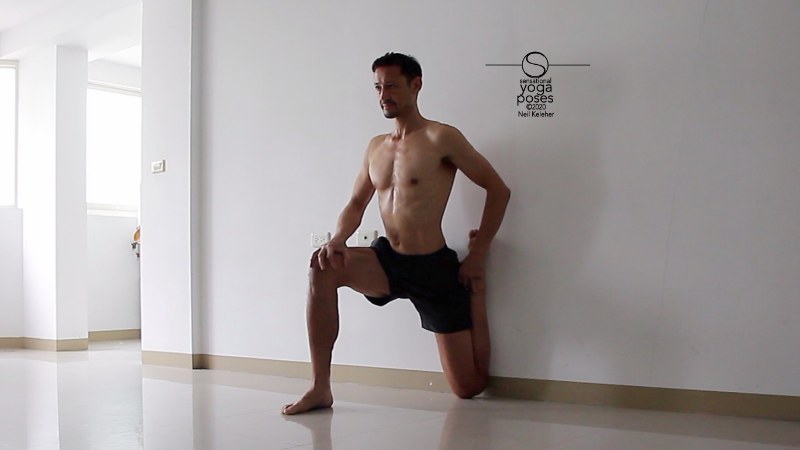
Quad stretch using a wall
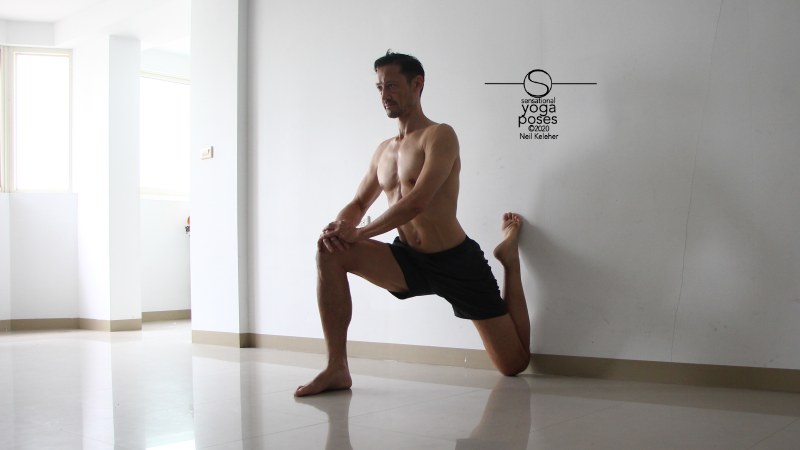
Quad stretch using a wall
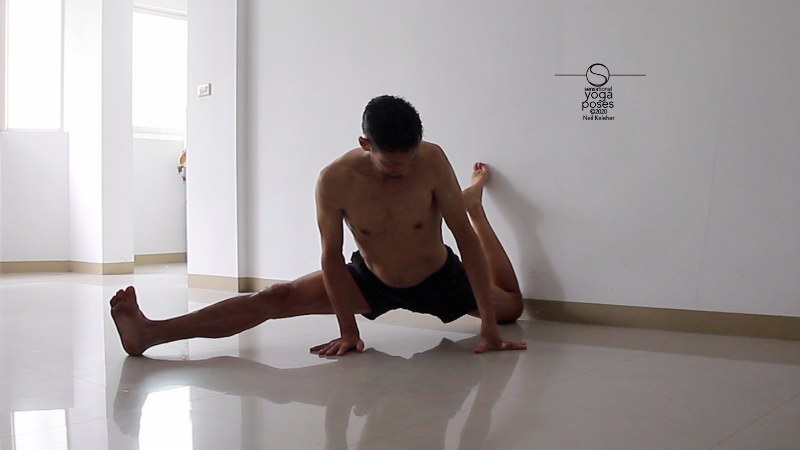
Front splits quad stretch using wall
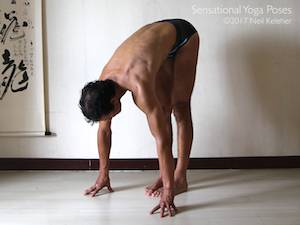
quad stretch counter pose
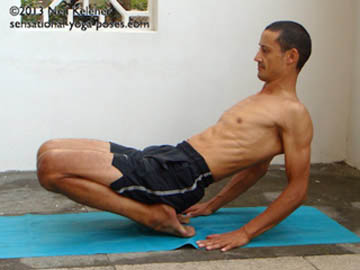
Toe and Ankle Stretches
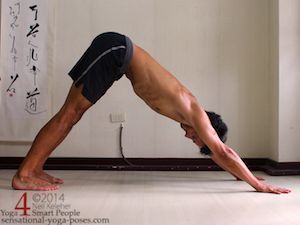
Downward Facing Dog
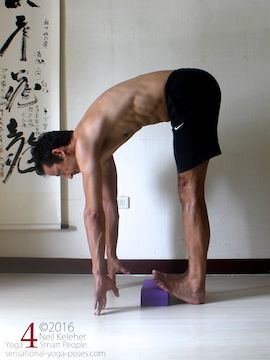
Calf Stretches
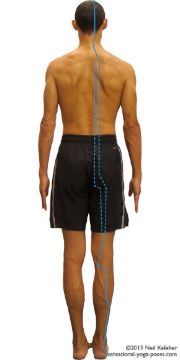
Meridian Stretches 4
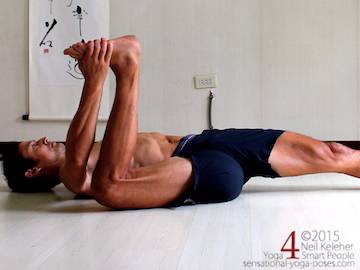
Half Happy Baby Hip Stretch
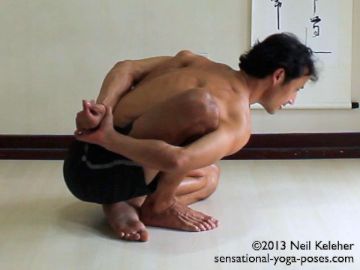
Modified Marichyasana B
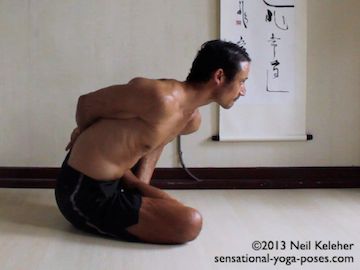
Marichyasana B
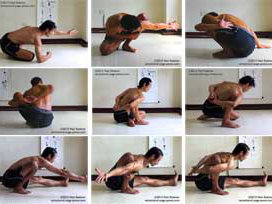
Marichyasana Yoga Poses
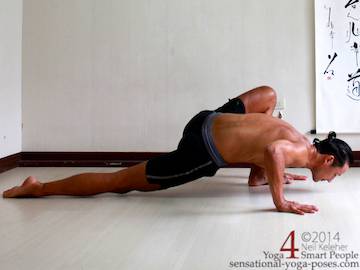
Hip Extensor Stretching Variations

Meridian Stretches 4
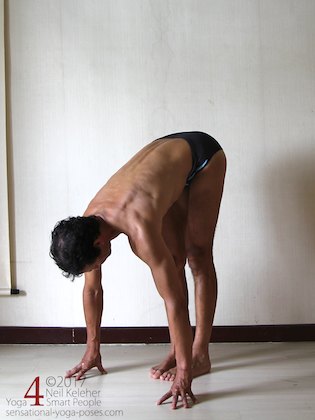
Standing Forward Bend
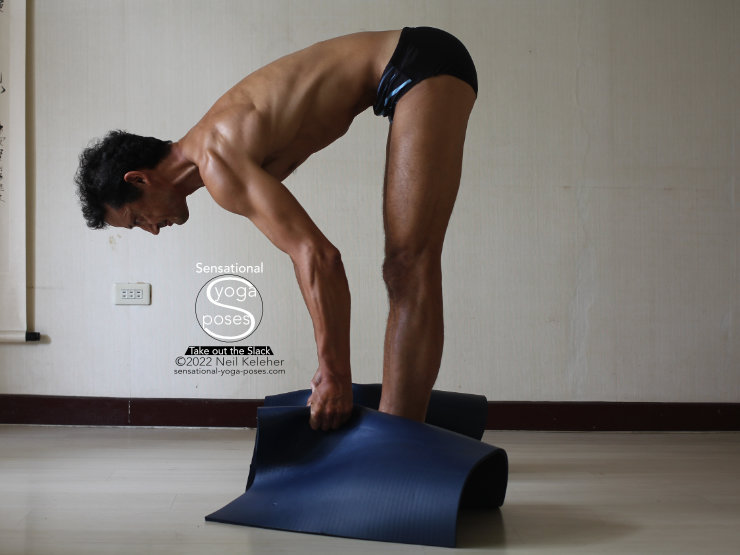
Standing Front Bend Using Arms
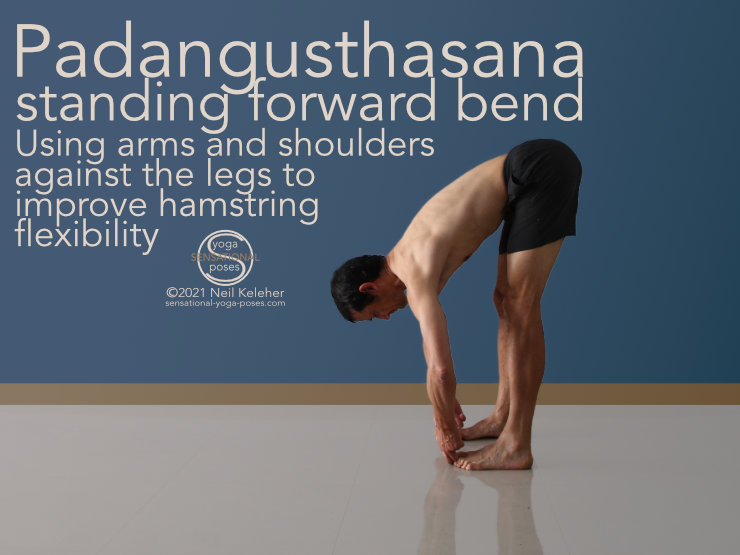
Padangusthasana, Padahastasana and other Standing forward bends
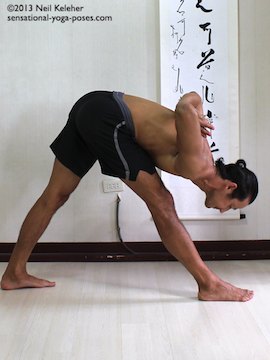
Pyramid Pose
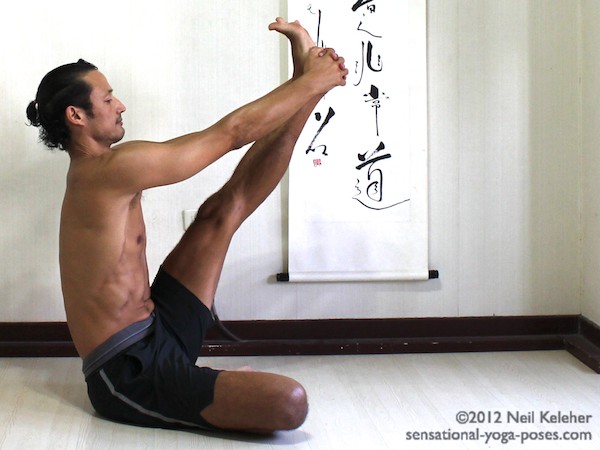
Using Arms to Stretch Hamstrings
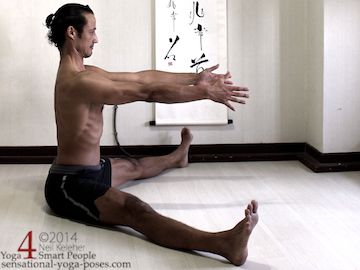
Seated Wide Leg Forward Bend
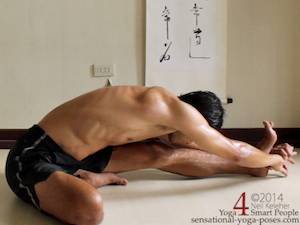
Janusirsasana A
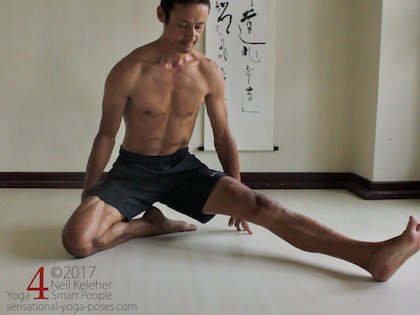
Janu Sirsasana B
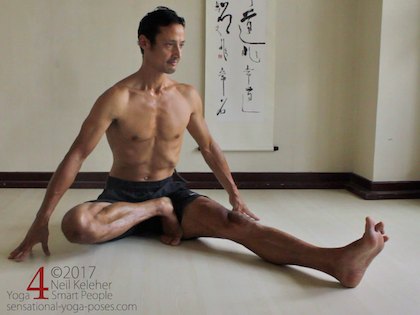
Getting Ready for Janu Sirsasana C
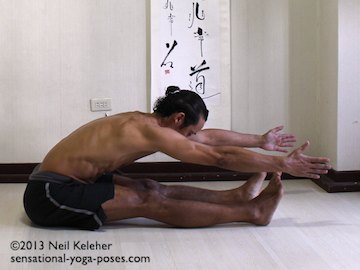
Seated Forward Bend
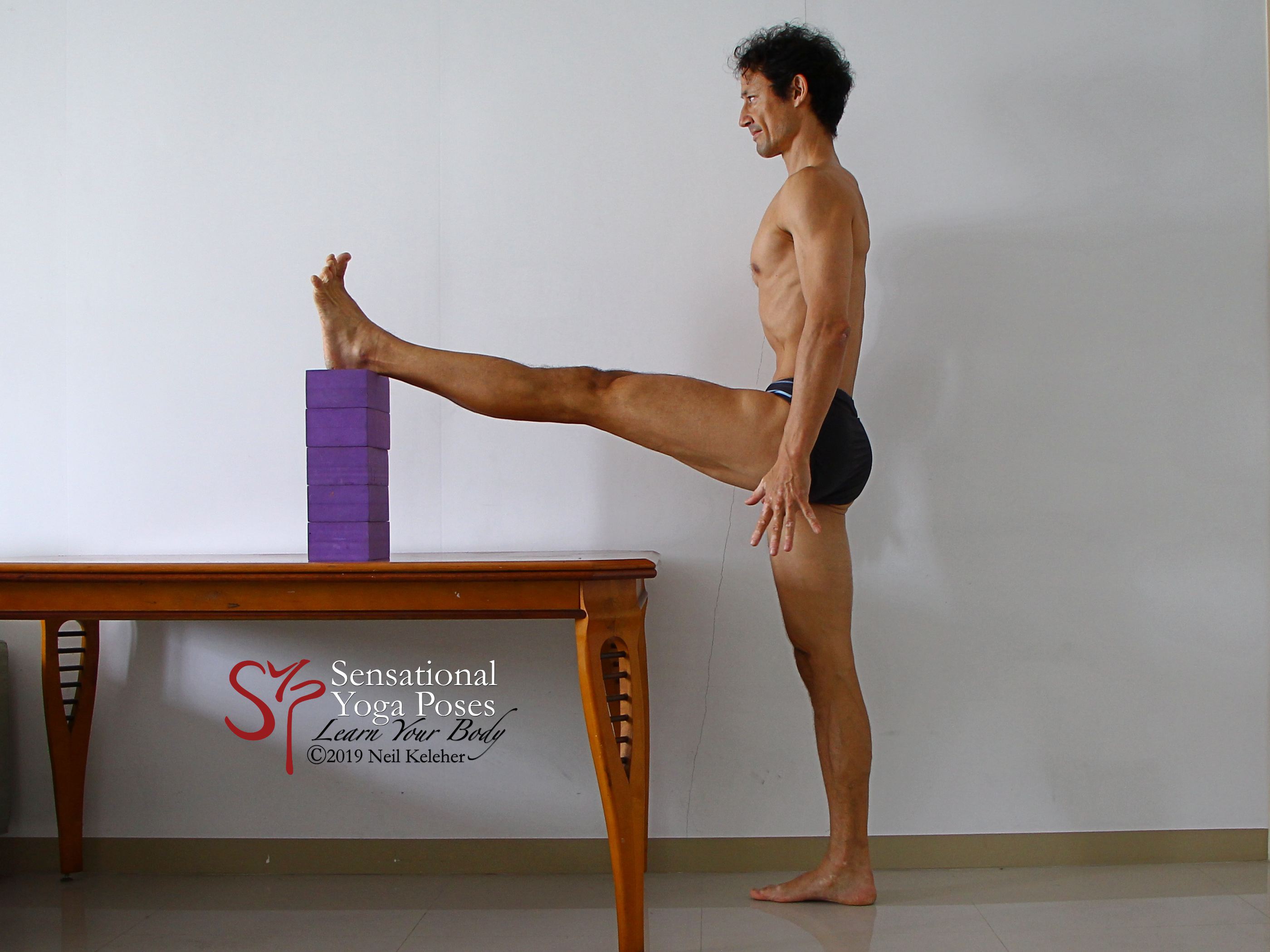
Simple hamstrings stretching postures
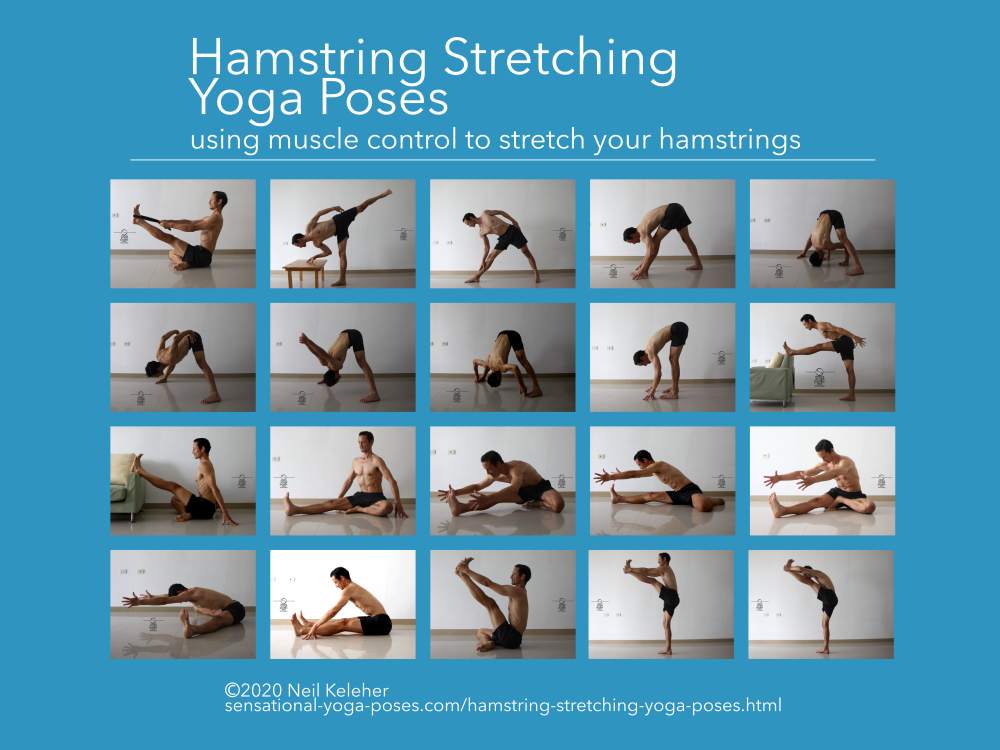
Hamstring stretching yoga poses
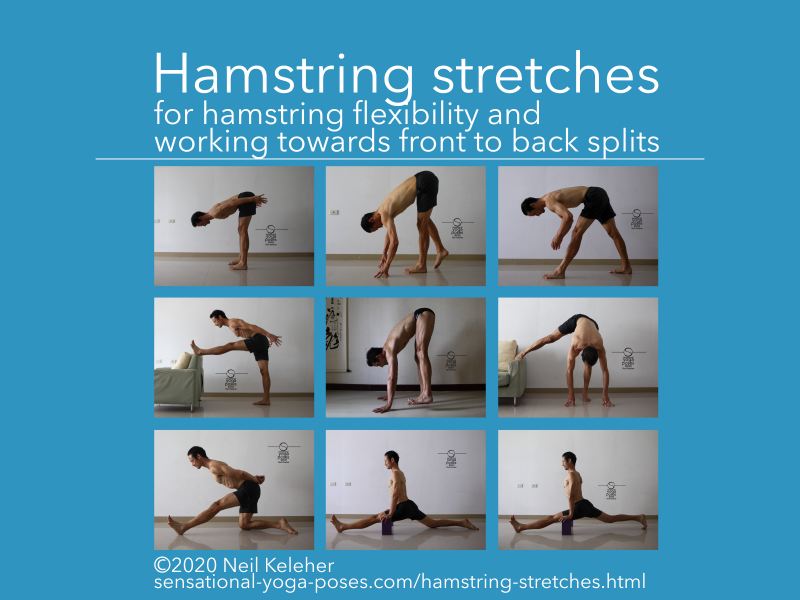
Hamstring stretches

Meridian Stretches 4
Hamstring Stretches
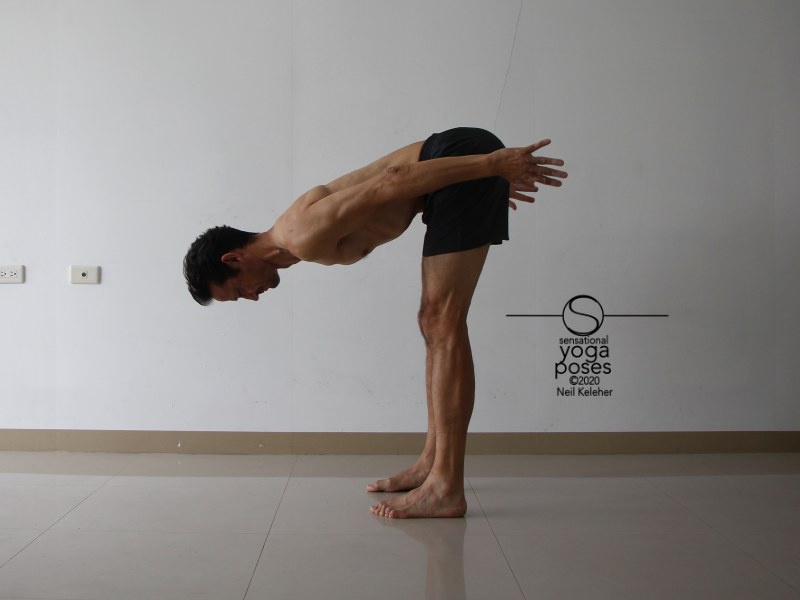
Standing forward bend

Standing f-bend using arms
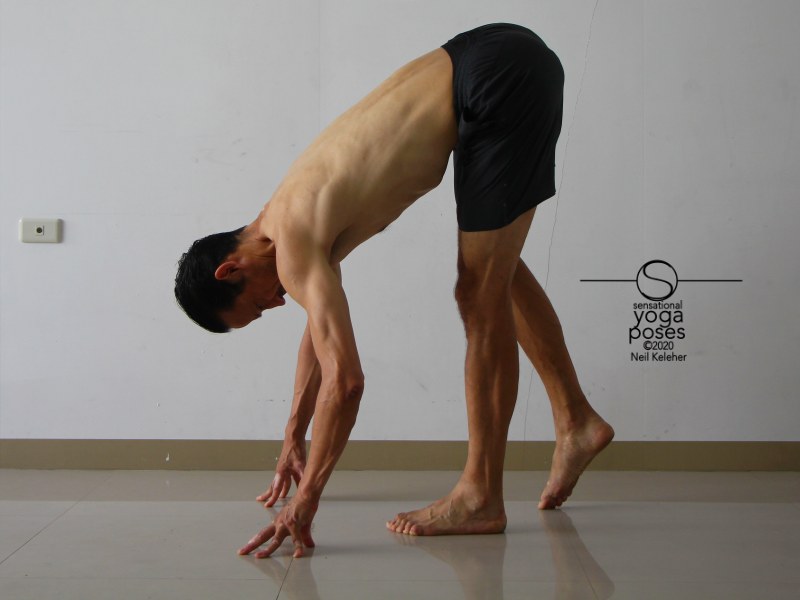
Standing f-bend on one leg
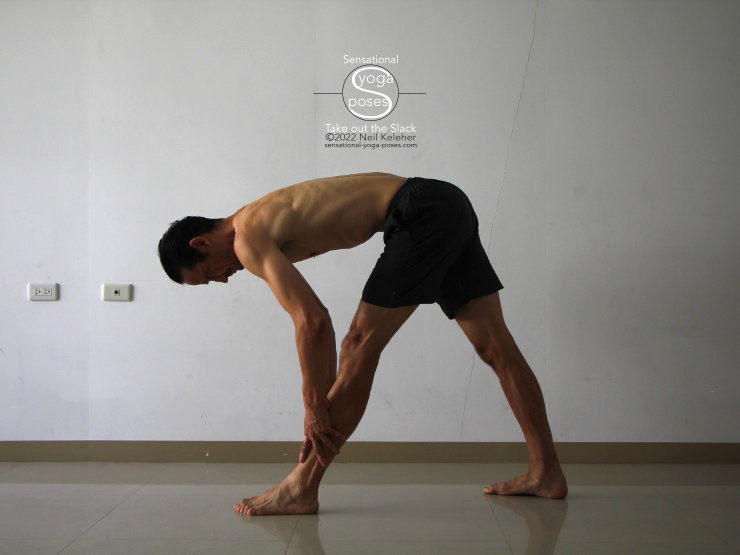
Pyramid pose hamstring stretch
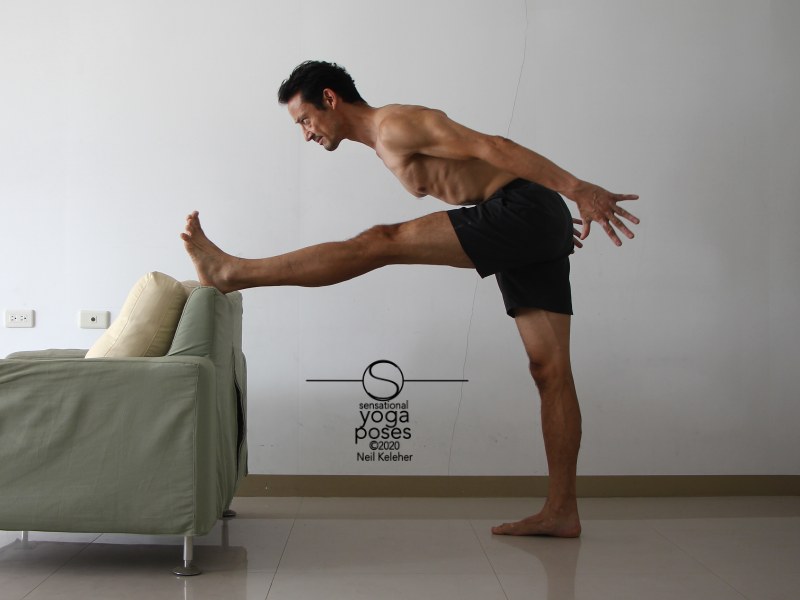
Leg supported
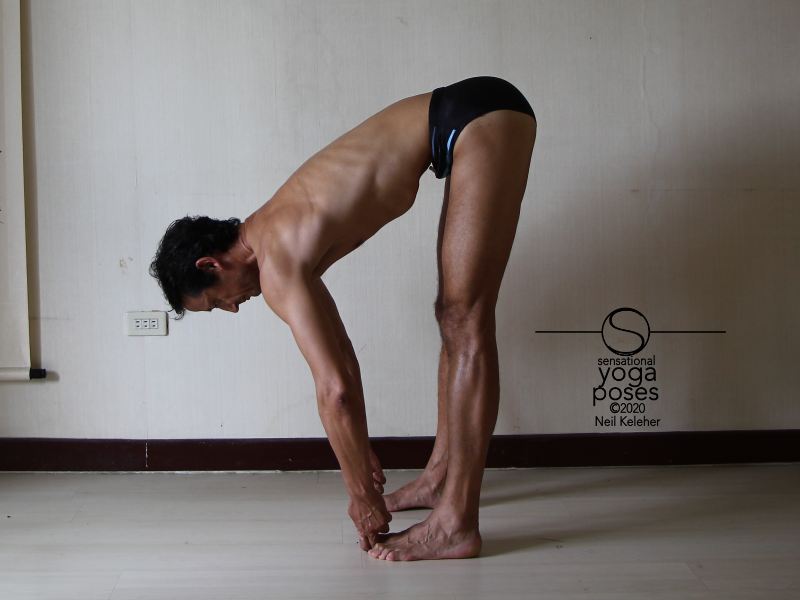
Spine long TA engaged
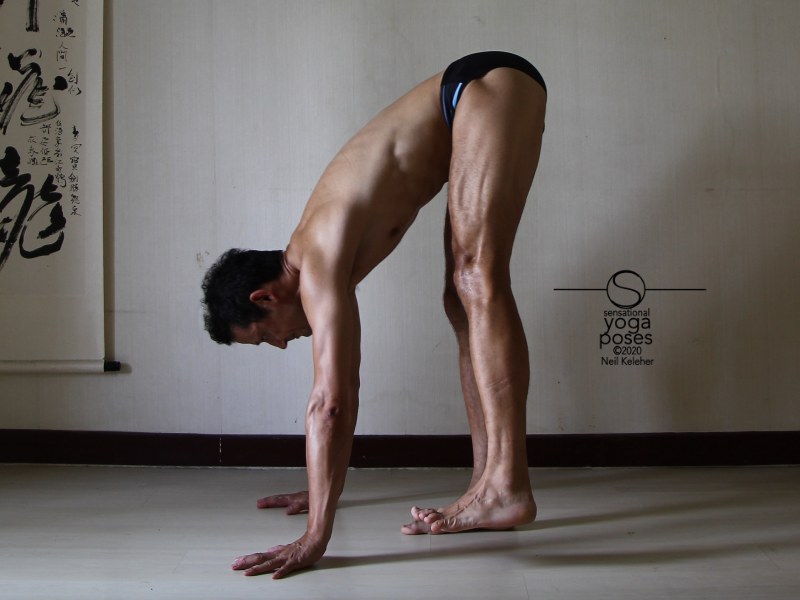
Pulling lifted leg fwd
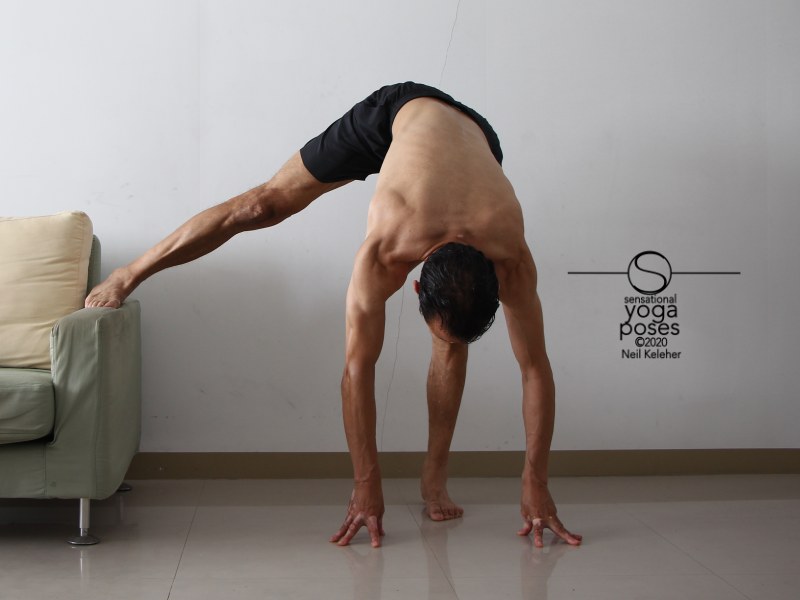
Bending down to standing leg
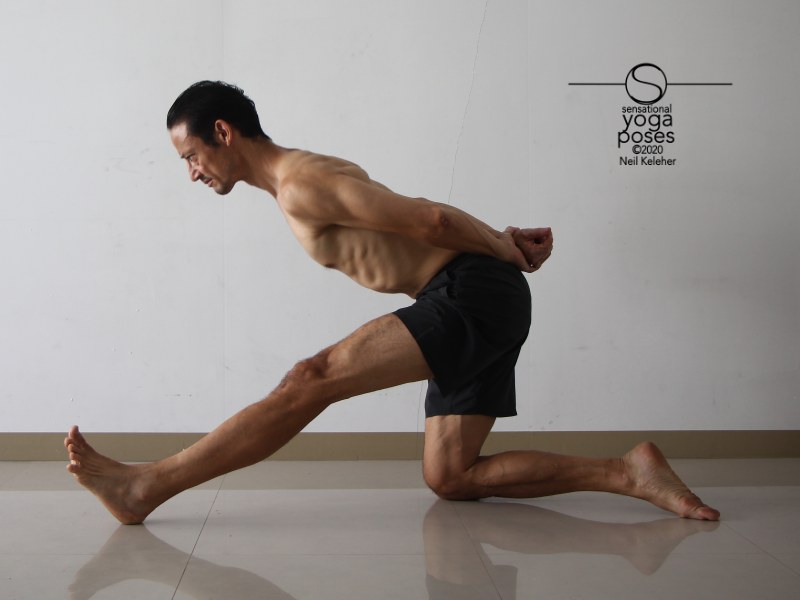
Semi-kneeling w/ hips lifted
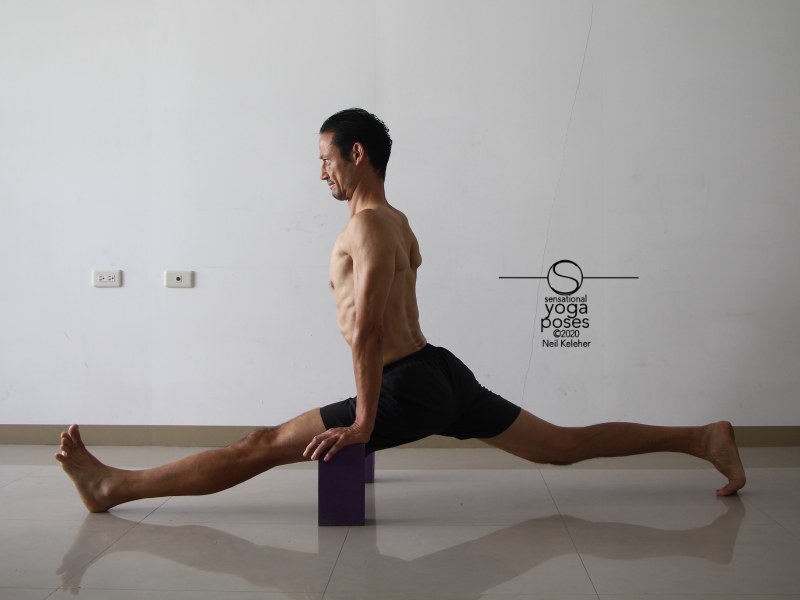
hamstring and hip flexor splits
Hamstring Stretching Yoga Poses
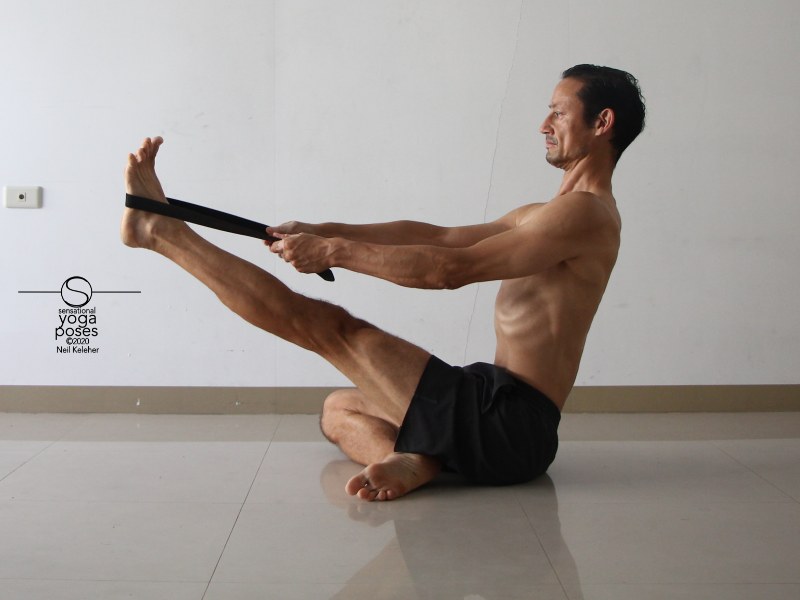
seated stretch with leg lifted using a belt.

Half moon as a hamstring stretch.
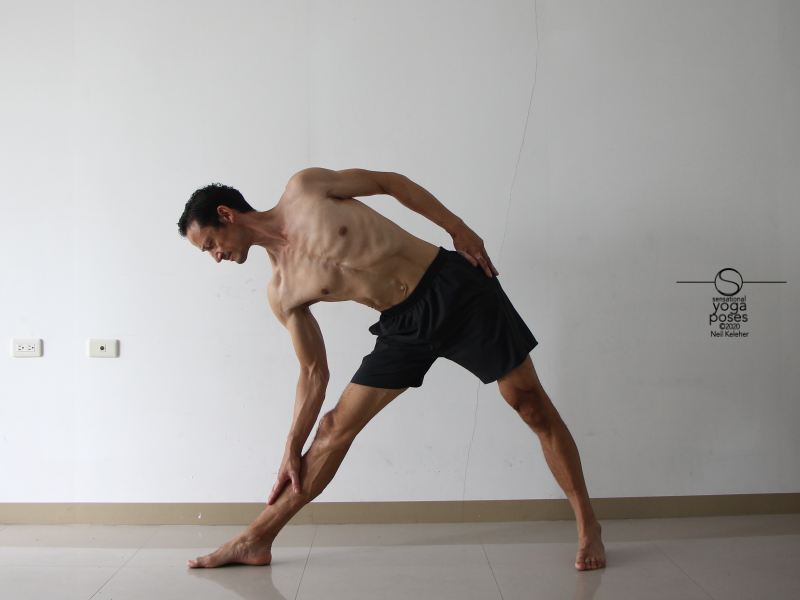
triangle yoga pose
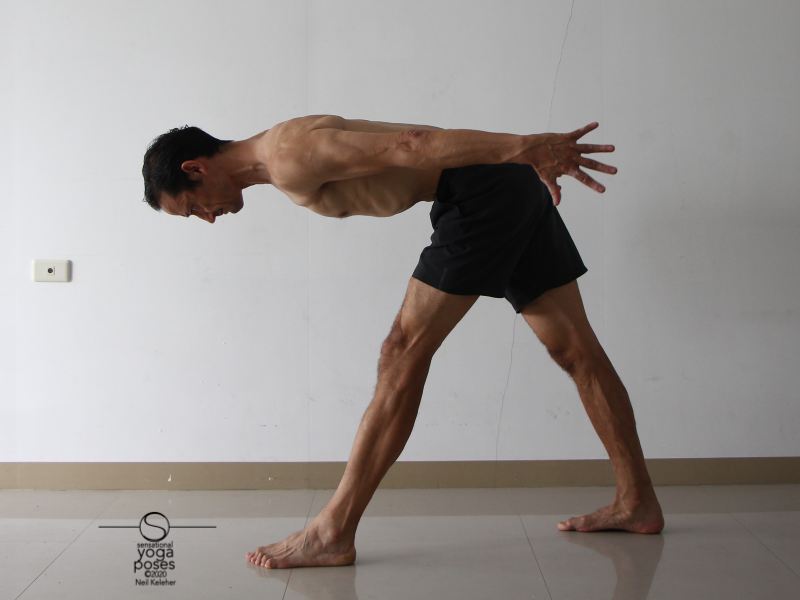
Pyramid pose
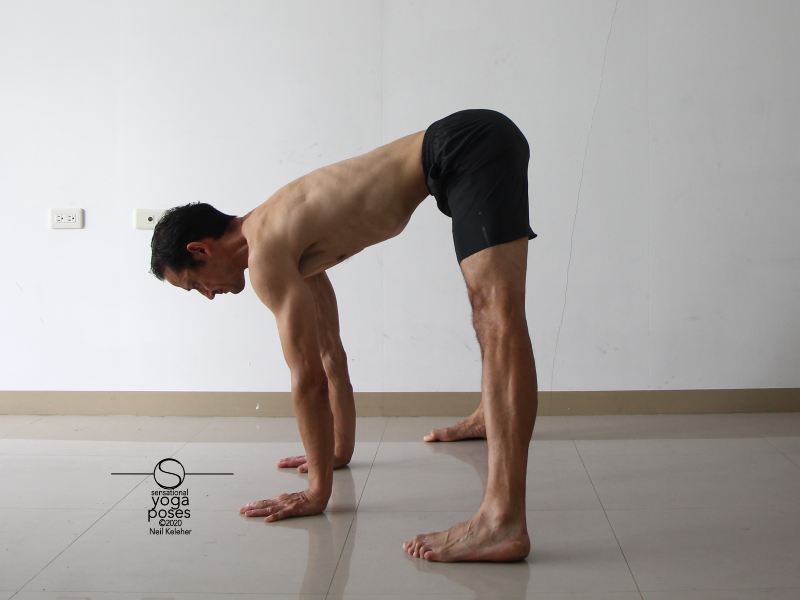
Standing wide leg front bend hands on floor.
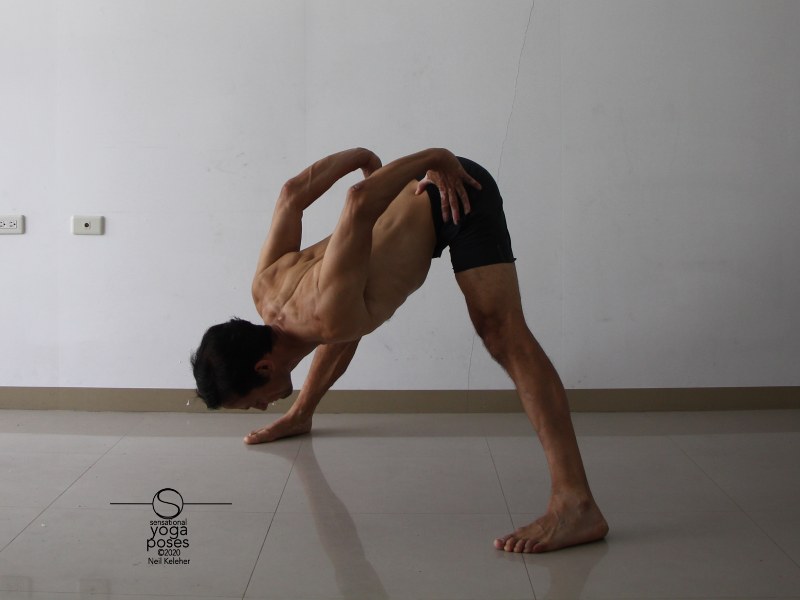
Standing wide leg front bend hands on hips.
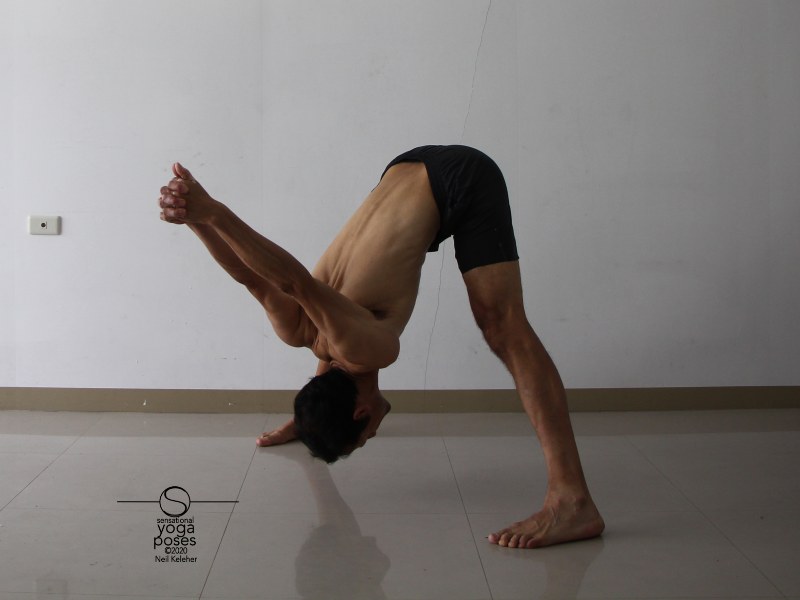
Standing wide leg front bend hands clasped
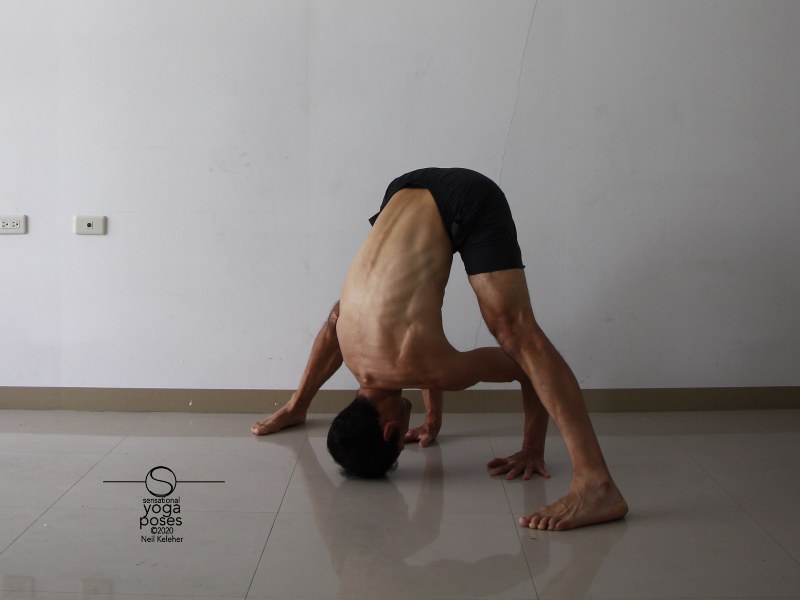
Standing wide leg front bend hands on floor.
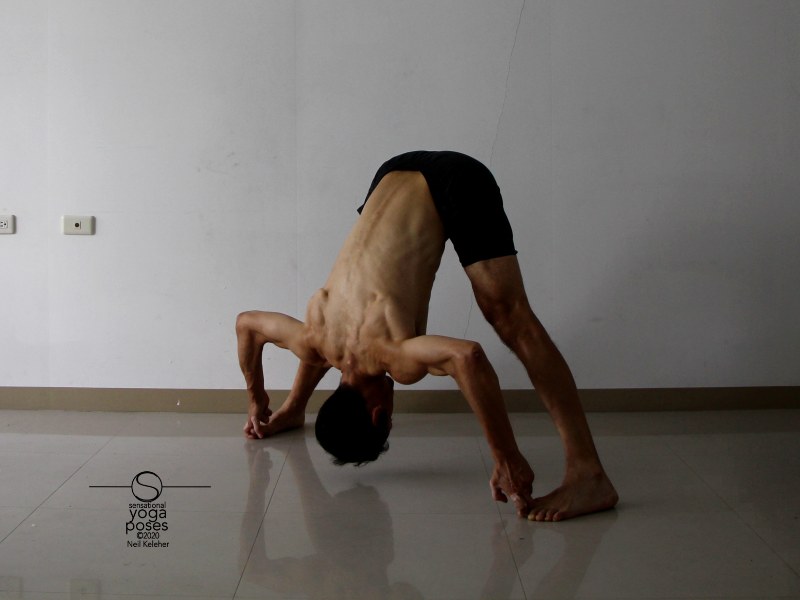
Wide leg front bend grabbing big toes
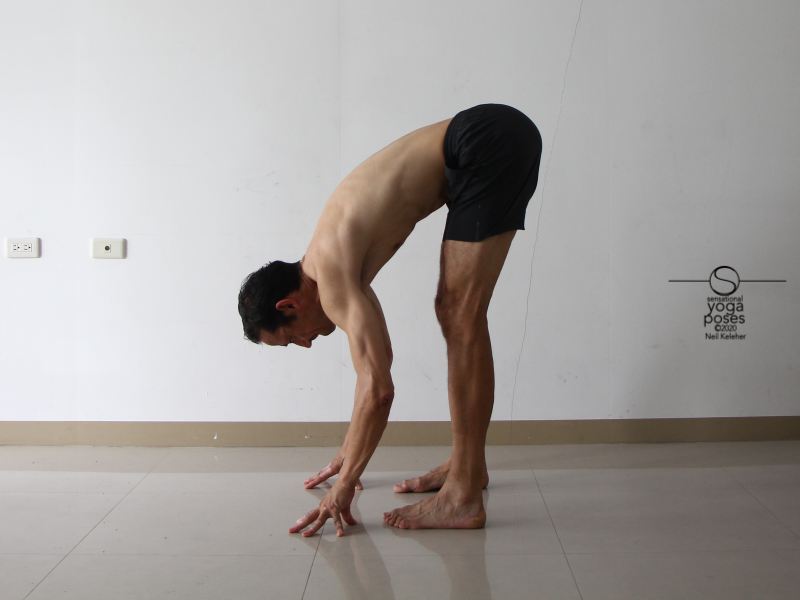
Standing front bend, hands on floor

hamstring stretch with leg supported
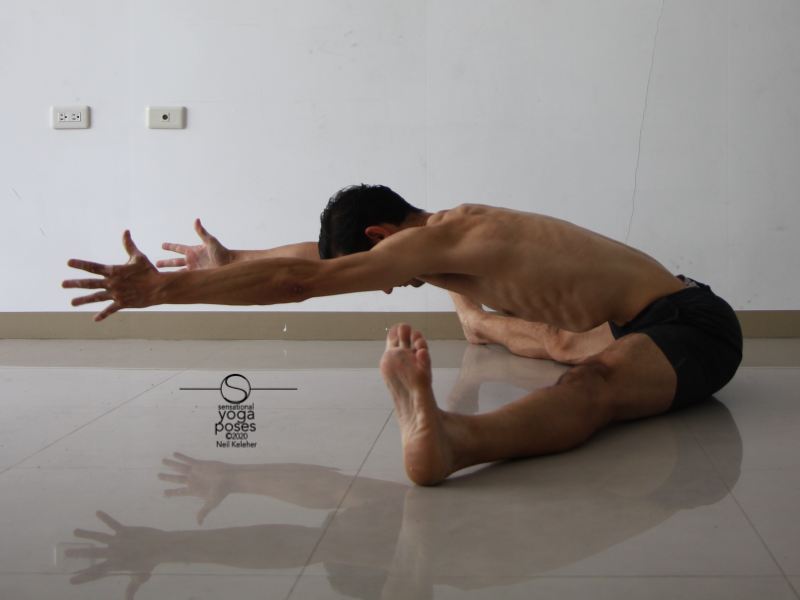
Seated wide leg front bend
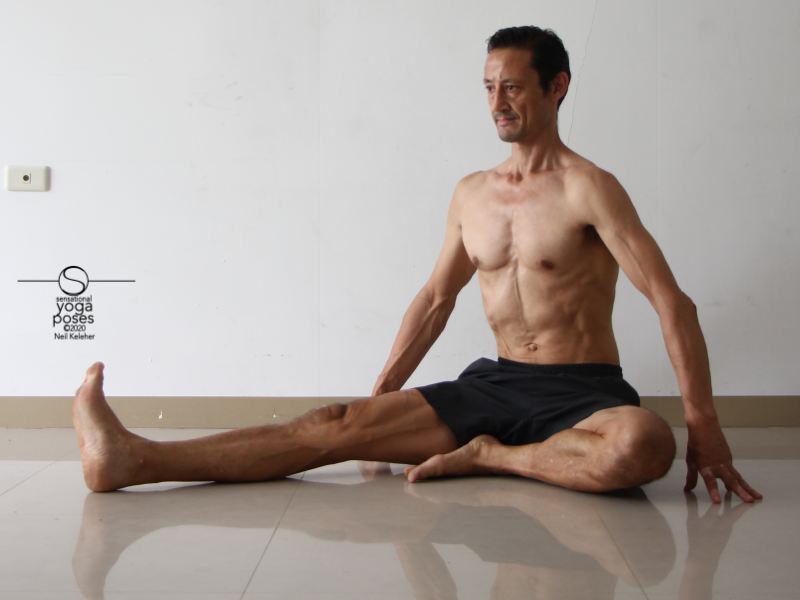
Janu sirsasana A foot position
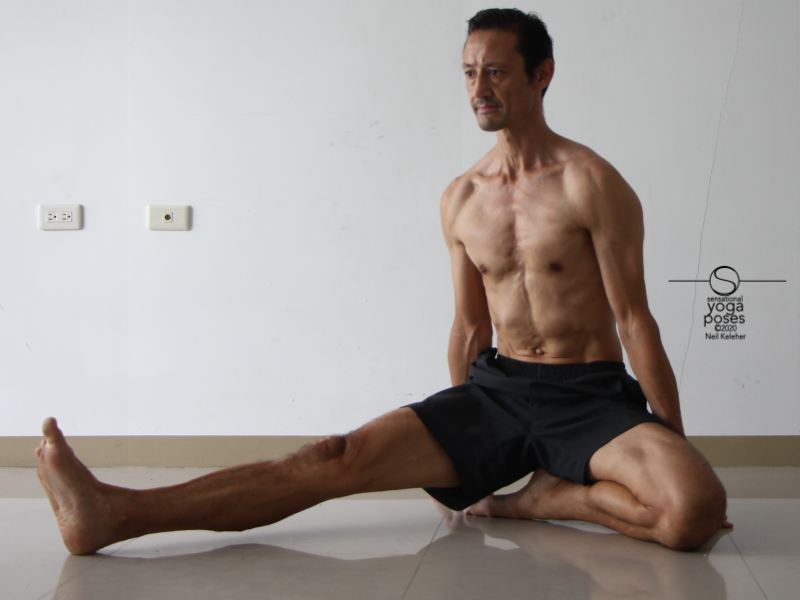
Janu sirsasana B foot position
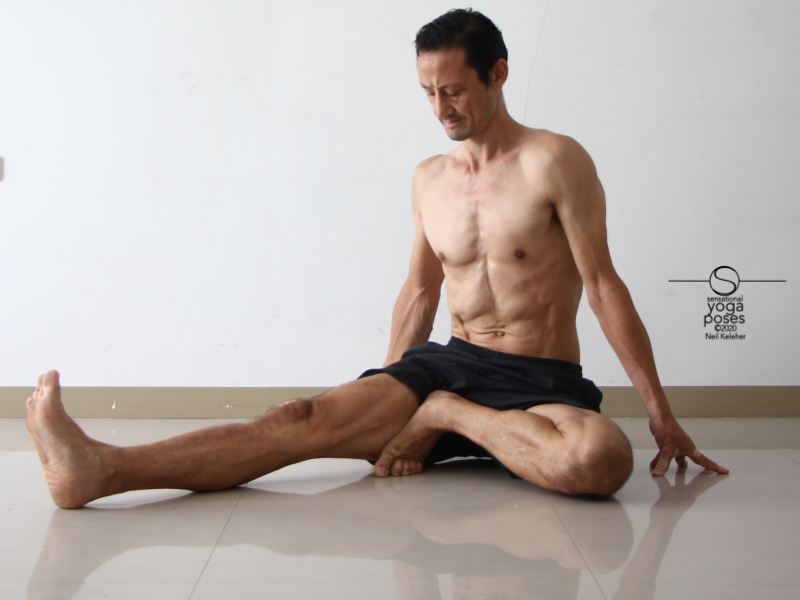
Janu sirsasana C foot position
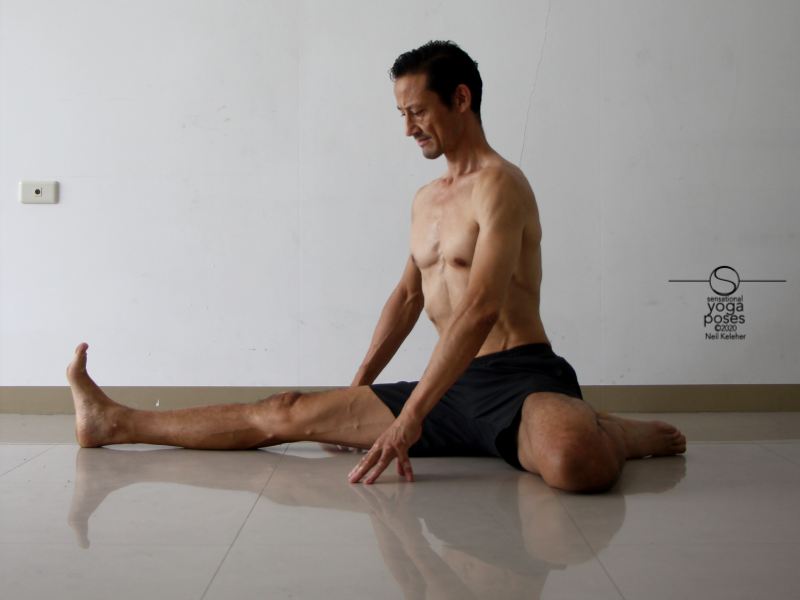
Hurdlers stretch with torso upright.
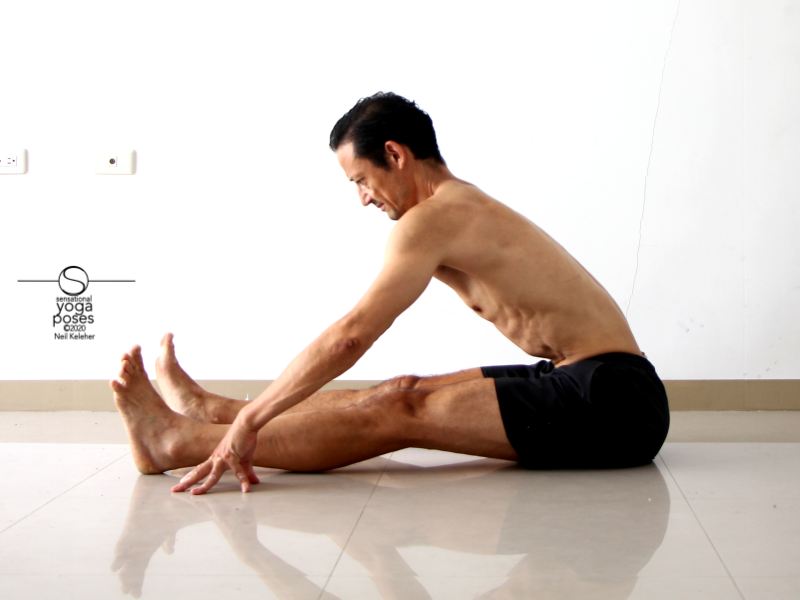
Seated forward bend

Lifted leg hamstring stretch

Supporting the Front Hip In Yoga Pigeon
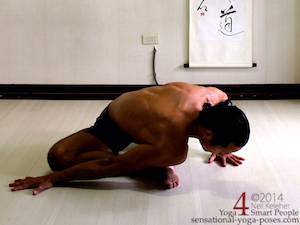
Pigeon Pose Glute Stretch Hip Stretch
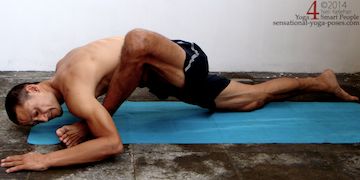
Glute Stretch Hip Stretch for the Outer Glutes
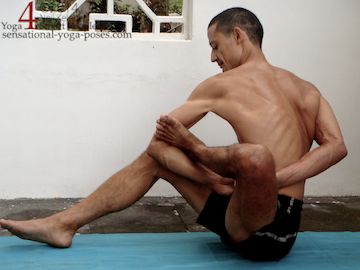
Armpit Pose
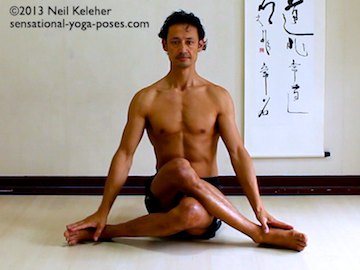
Iliotibial Band Stretch
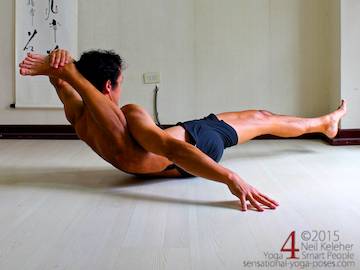
Foot Behind the Head
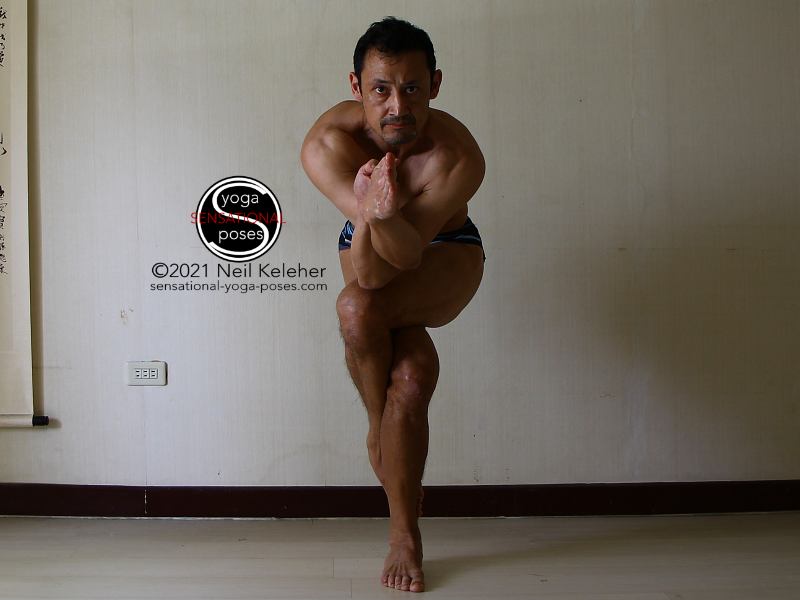
Counter poses for hip openers
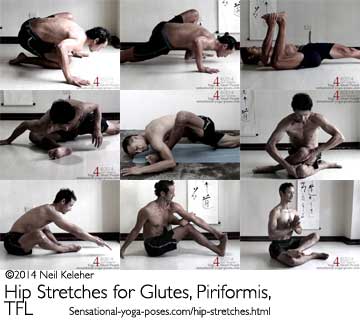
Glute Stretches
Glute Stretches
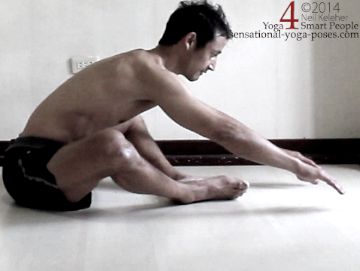
Wide Bound Angle
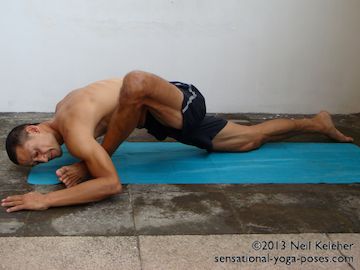
Low lunge Glute Stretch
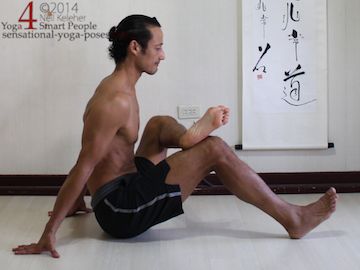
Seated Glute Stretch
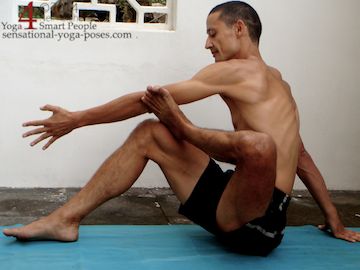
Seated Glute Stretch

Seated Glute Stretch
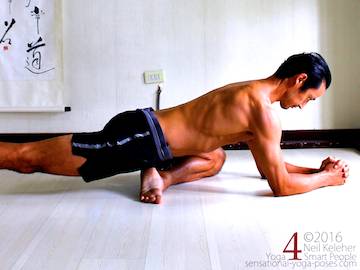
Pigeon pose
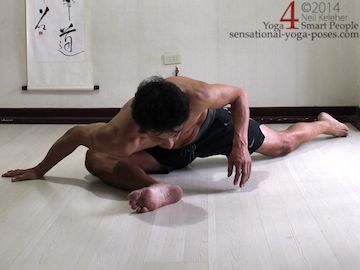
Pigeon pose glute stretch
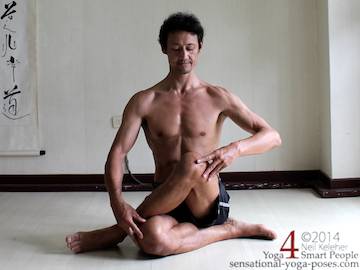
IT Band Stretch
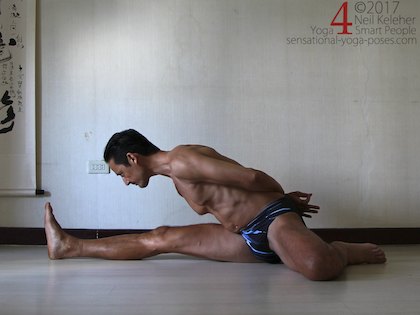
Knee Safety in Hurdler's Stretch
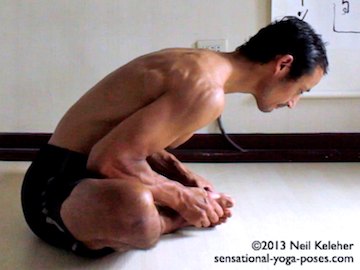
Bound Angle Pose
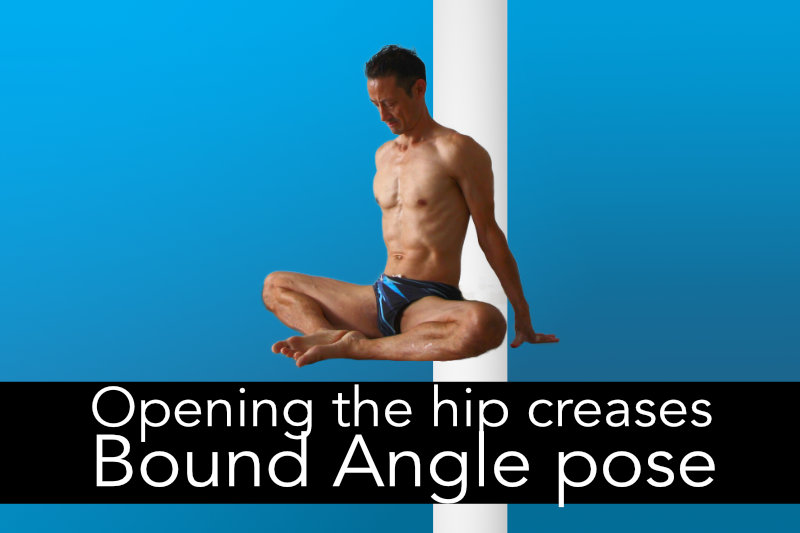
Hip crease opening: bound angle

Seated Wide Leg Forward Bend
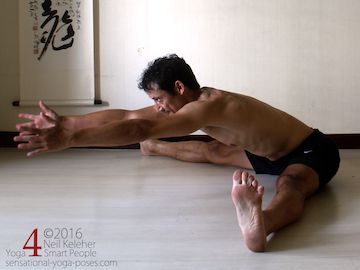
Upavistha Konasana
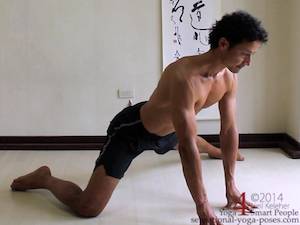
Half Side Splits

Front-to-Back Splits
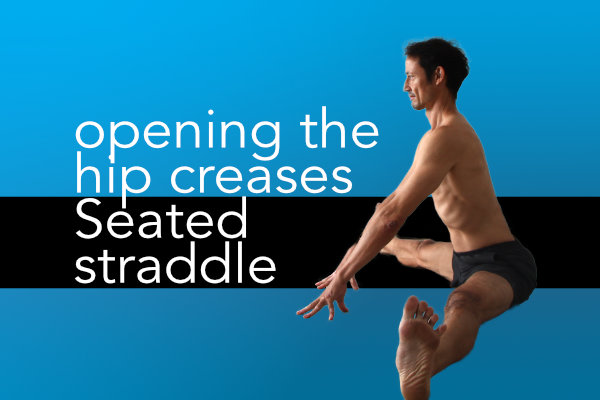
Seated straddles splits
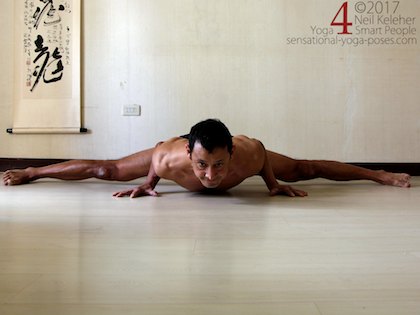
Knee Joint Integrity and Middle Splits
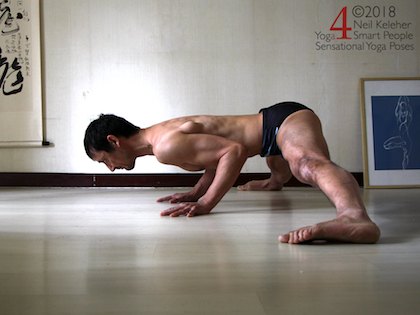
Stabilizing the Knee Joint in Middle Splits
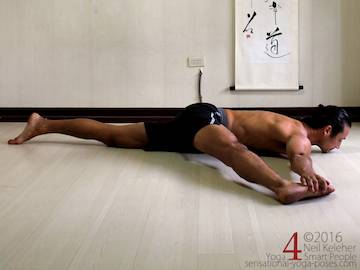
Adductor Stretches
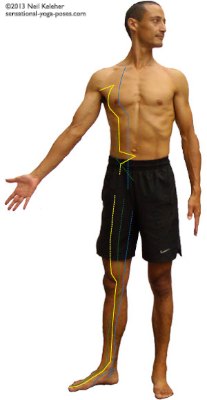
Meridian Stretches 6
Adductor Stretches
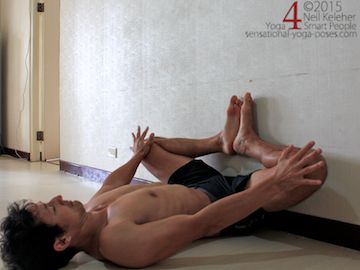
Supine bound angle using wall.
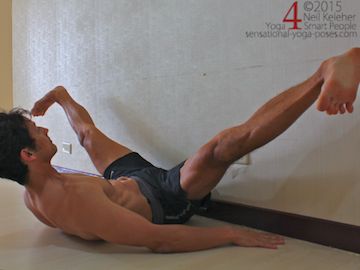
Supine wide leg stretch using a wall.
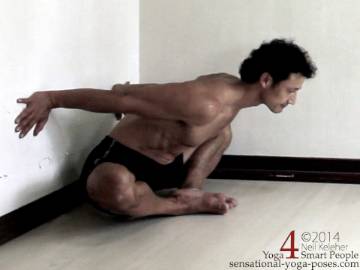
Bound angle with hands against a wall.
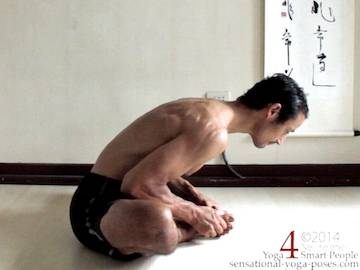
Bound angle with feet grabbed.
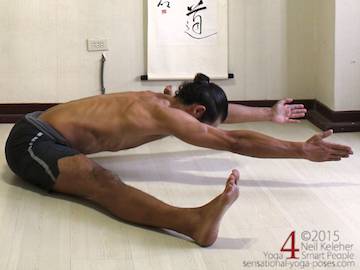
Seated wide leg forward fold.
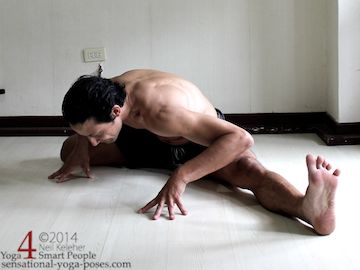
Hurdlers pose adductors stretch.

Prone big toe pose adductor stretch.
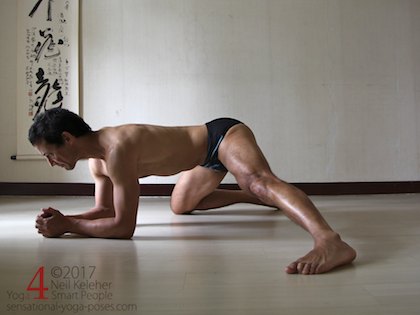
Half split adductor stretch
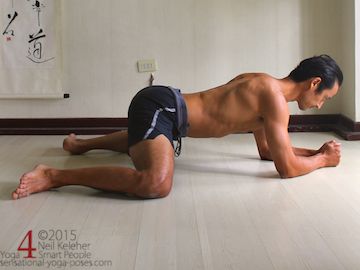
Frog pose adductor stretch.
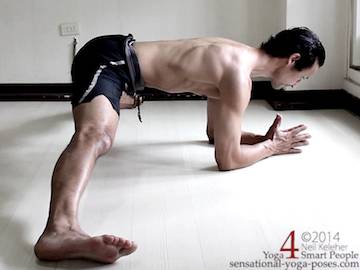
Side splits adductor stretch
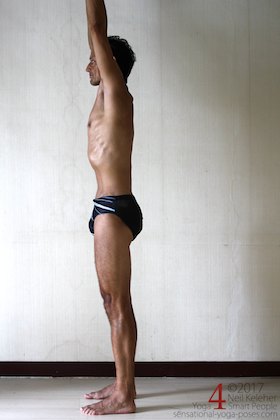
Psoas Stretch
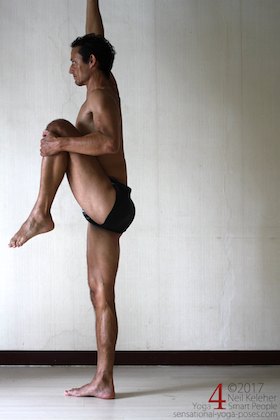
Standing Psoas Stretch Variations
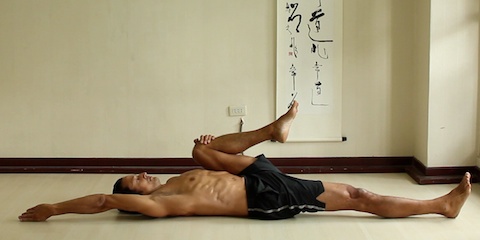
Reclining psoas stretch
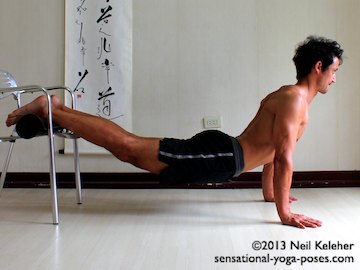
Psoas Stretches
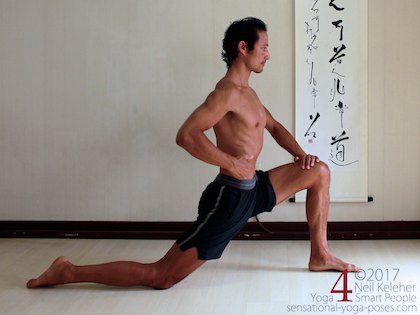
More Psoas Stretches
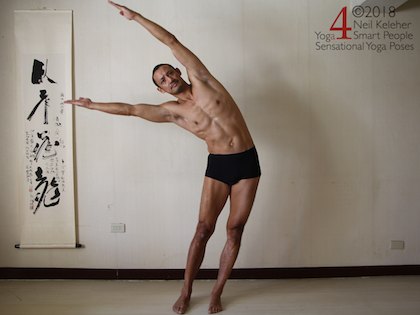
Standing side bend
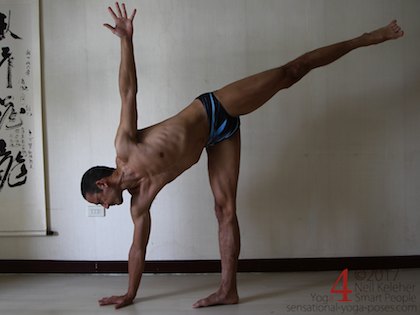
Half moon pose
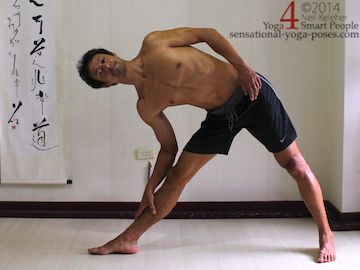
Triangle pose
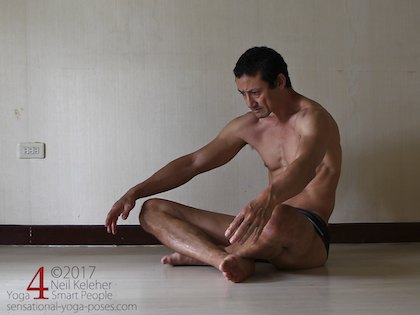
Seated slouch (can be done standing)
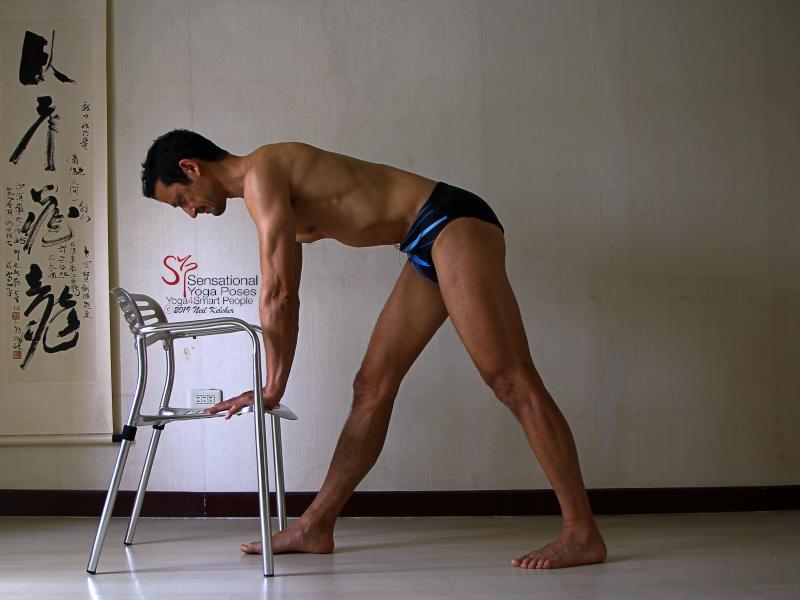
Triangle forward bend
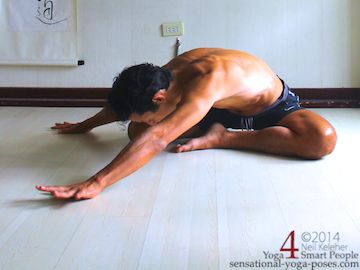
forward bending side bend seated
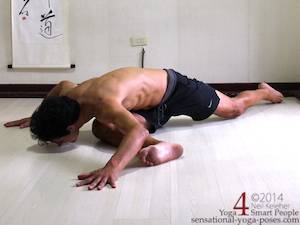
Pigeon pose variation
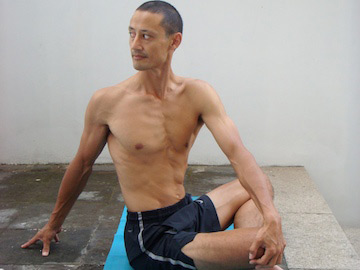
Cross legged twist using the arms
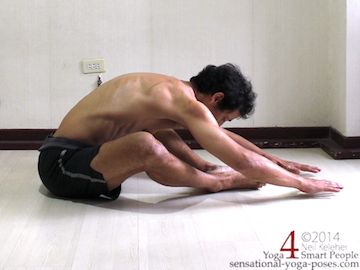
Bound angle pose with legs wide
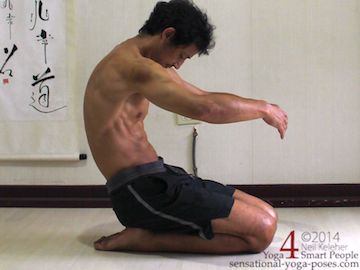
Bent back kneeling position

Bharadvajasana
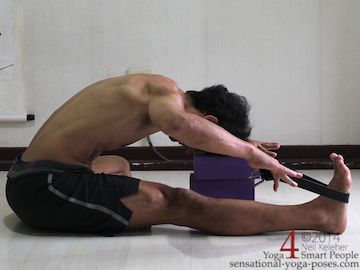
augmented seated forward bend
Side Stretches

Standing side bend
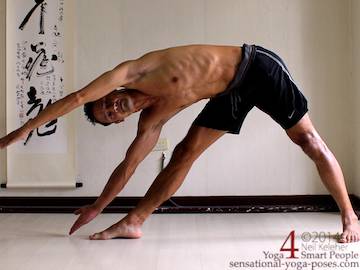
Triangle pose side stretch
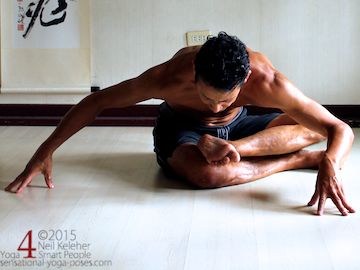
Seated side stretch bent forward

Pigeon pose with side stretch
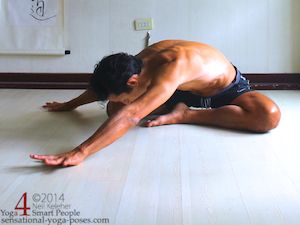
seated side stretch variation
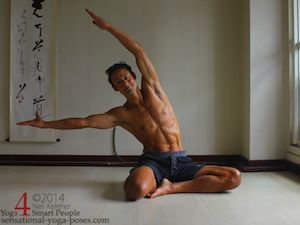
Upright seated side stretch
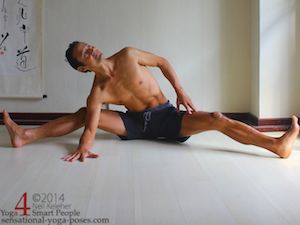
Wide leg seated side stretch
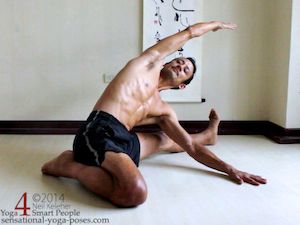
Seated side stretch variation
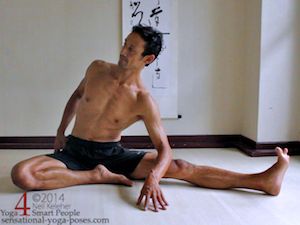
Seated side stretch variation
Twisting Poses
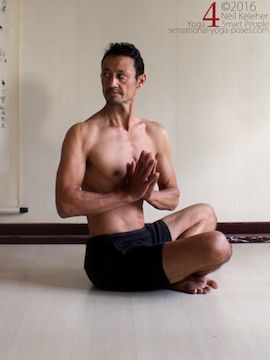
Seated twist, hands free
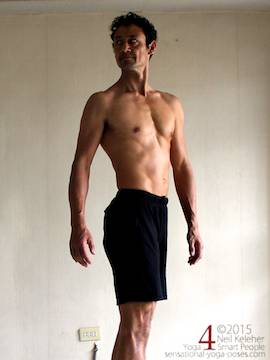
Standing upright twist
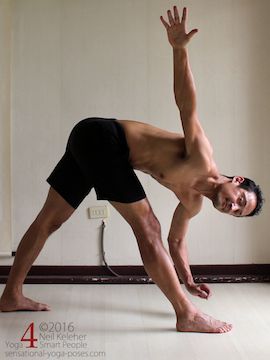
Twisting triangle pose
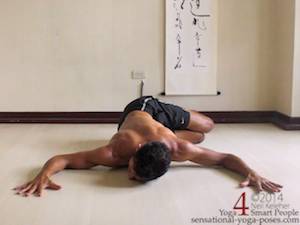
Prone twist
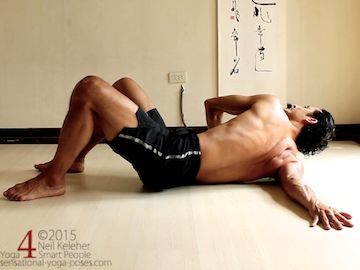
Shoulder stretch with a twist
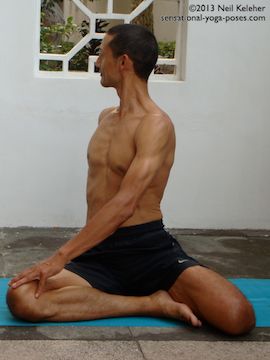
Easy seated twist
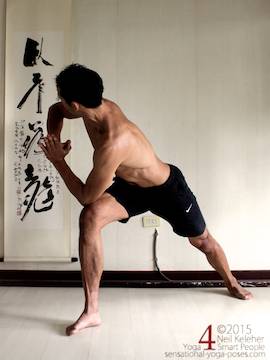
Twisting side angle
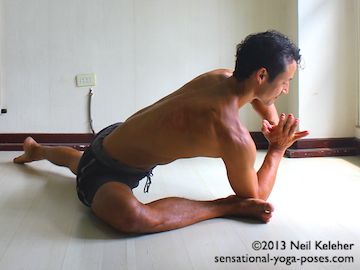
Pigeon pose twisting variation
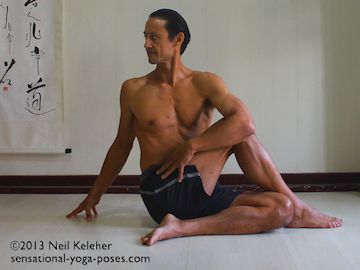
Seated closed twist
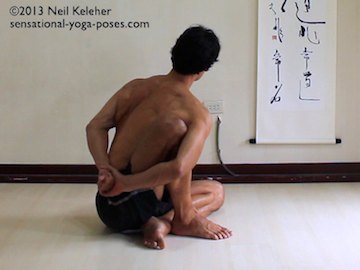
Seated open twist with a bind
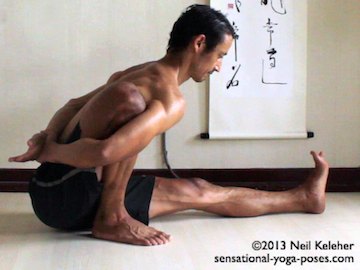
Binding pose with option for an open twist
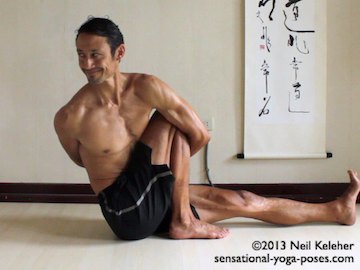
Binding pose with closed twist

Seated position with open twist

Bound lotus variation with twist
Shoulder Stretches
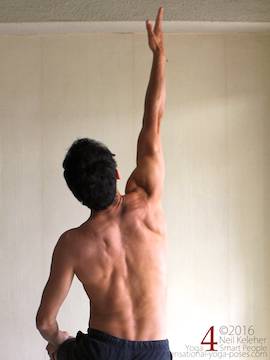
Arm overhead reaching one arm up
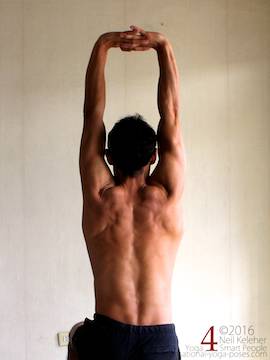
Arm overhead hands clasped, palms press up
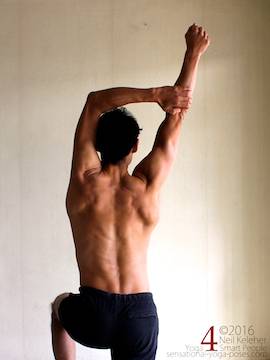
Arm overhead pulling straight arm outwards
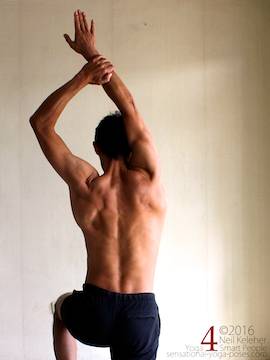
Arm overhead pulling straight arm inwards

Arm overhead, pulling bent elbow inwards
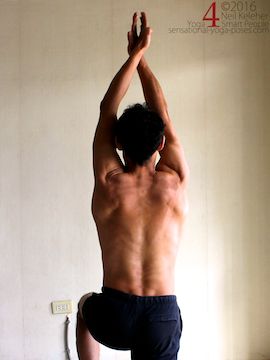
Arm overhead pulling hands apart
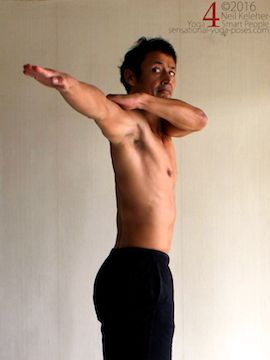
Using straight arm, pull other hand back
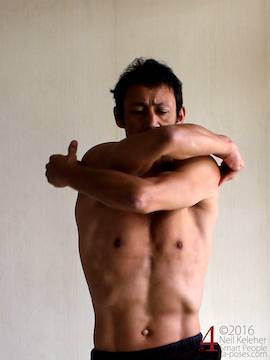
For outer shoulders, hug self
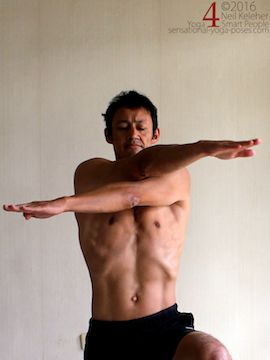
Active arm cross in front of chest
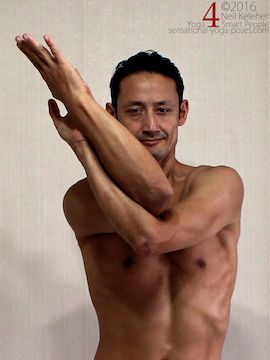
Eagle pose for arms side tilt
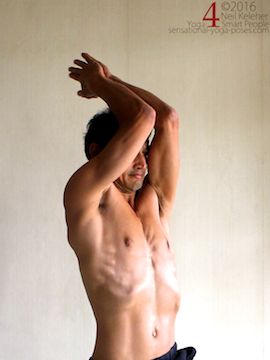
Arm overhead bent elbows press inwards
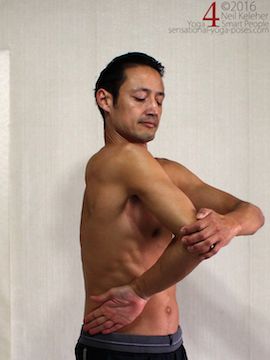
One arm penguin stretch
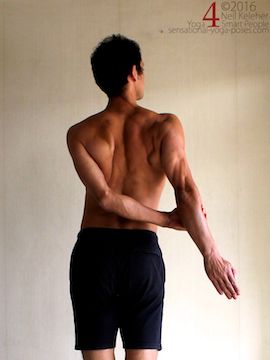
Pulling straight arm outwards behind back
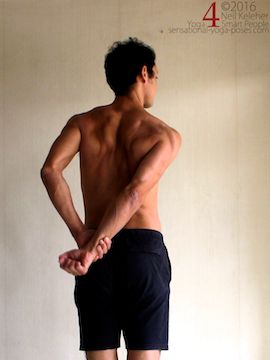
Pulling straight arm inwards behind back

Pull hand to opposite waist behind back
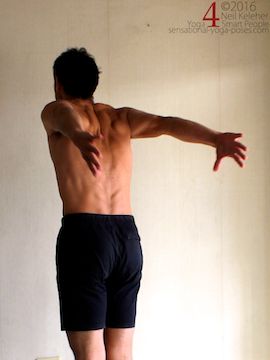
Arms back and up, unclasped
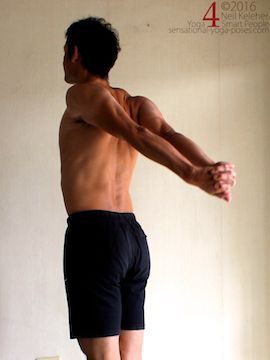
Arms back and up, clasped
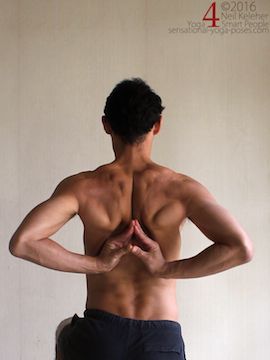
Reverse prayer
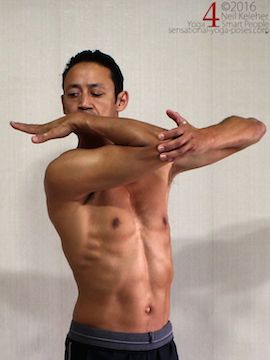
High penguin one arm stretch
Arm stretches
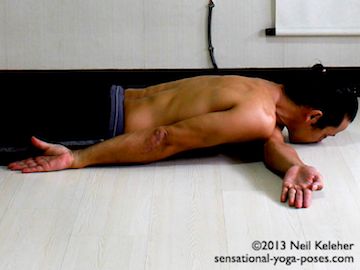
Half dragonfly arm stretch
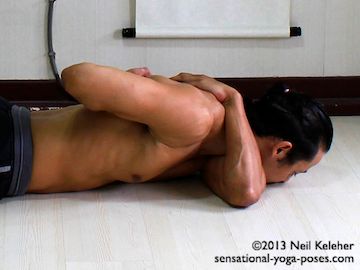
Clasped half dragonfly
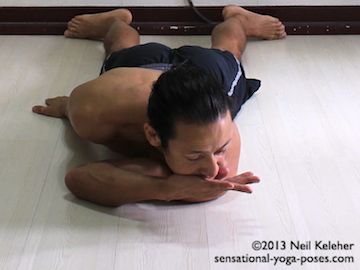
External rotation arm stretch
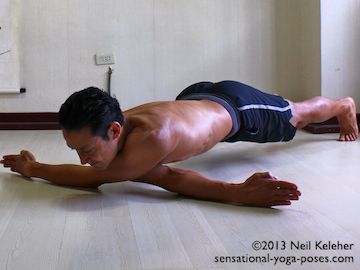
Dragonfly arm stretch
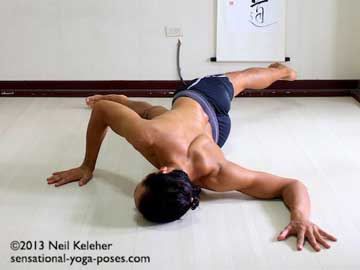
Bennitasana arm stretch
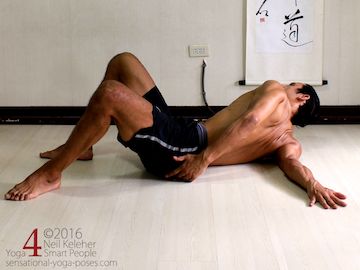
Lapasana shoulder stretch
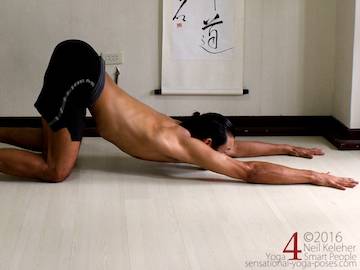
Puppy dog arm /chest stretch
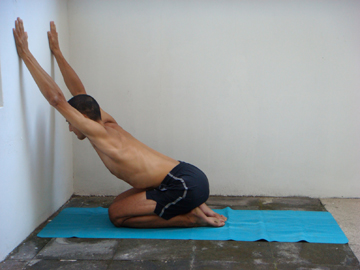
Spiderman wall stretch kneeling
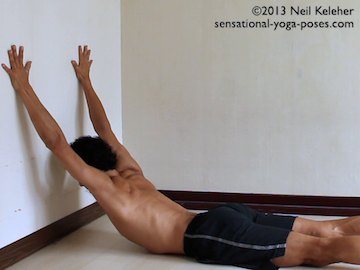
Spiderman wall stretch prone
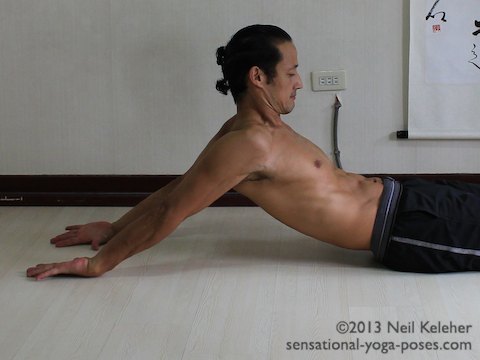
Rack arm stretch
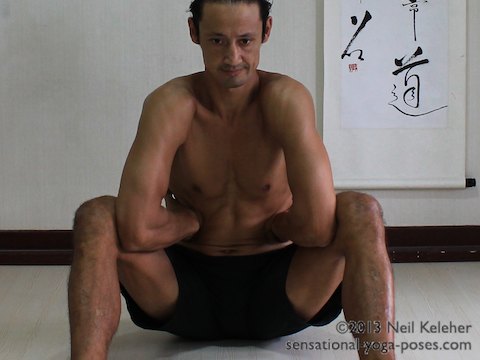
Penguin pose shoulder stretch
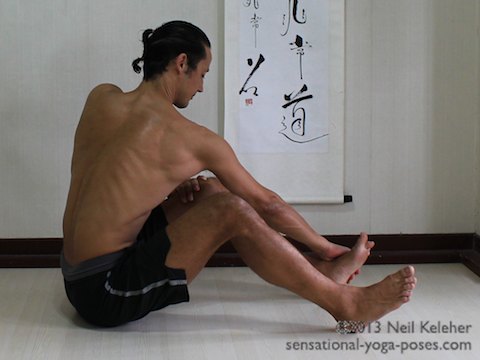
Pull back arm stretch
Yoga Shoulder Stretches
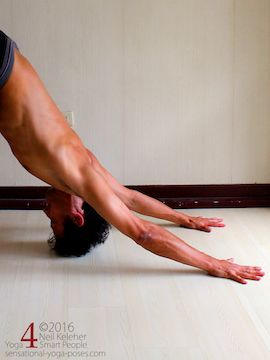
Downward dog shoulder strech
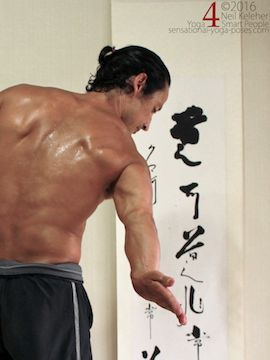
Internal arm rotation while reaching back
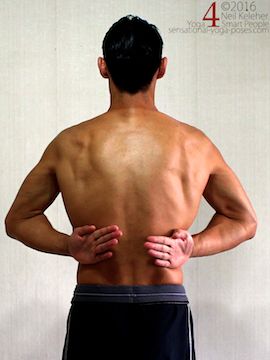
Reverse prayer

Arms back and up, hands clasped
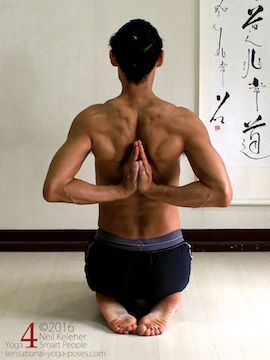
reverse prayer
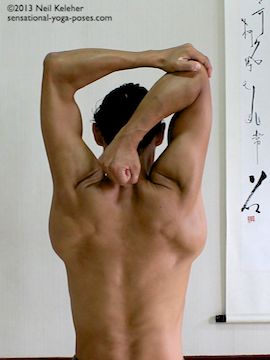
Overhead tricep stretch
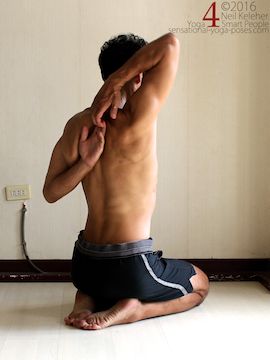
Cow face pose arms
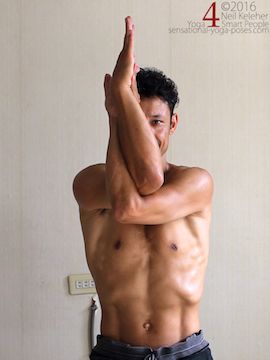
Eagle pose arms
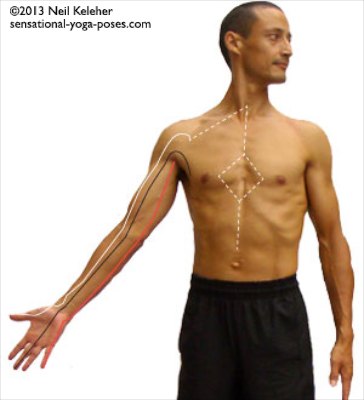
Meridian Stretches 1
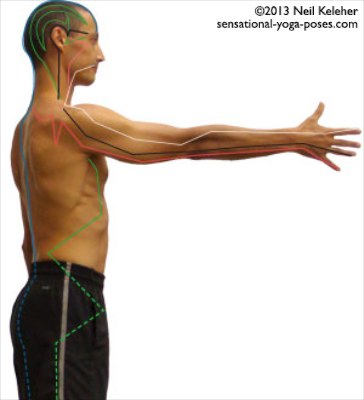
Meridian Stretches 2

Meridian Stretches 3

Meridian Stretches 4
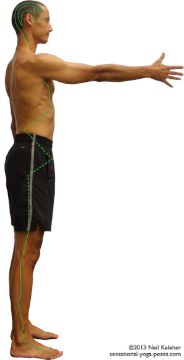
Meridian Stretches 5

Meridian Stretches 6
Published: 2022 02 10
Neil Keleher
Hi, I'm Neil Keleher.
I have a degree in Systems Design engineering. Before that I served in the British army for five years. My main job was fixing guns.
I've been teaching yoga for about twenty two years now. I also do a lot of programming in python and node.js.
One of my other main projects is studying Chinese, but it's been hold while I developed tools to make studying easier. One of those is a Chinese character dictionary and the other is a Chinese word and phrase dictionary.
Both include a lookup system for Chinese characters that is foreigner friendly and that I'm proud to say that I designed.



































































































































































































































